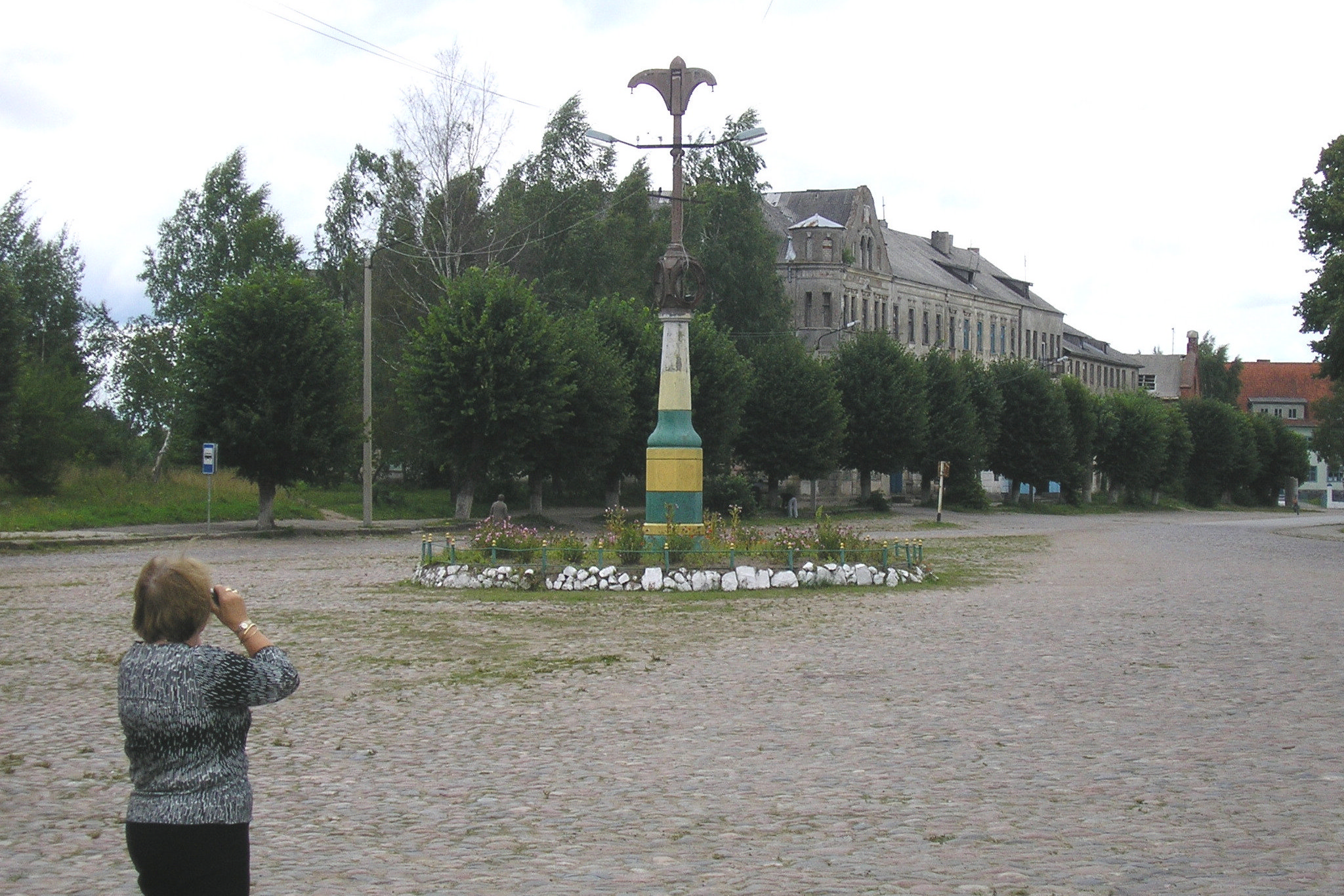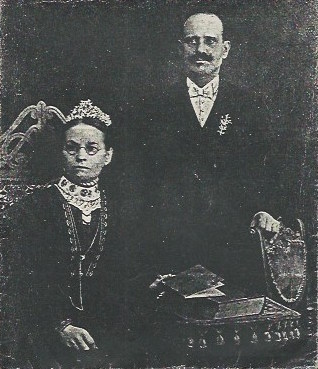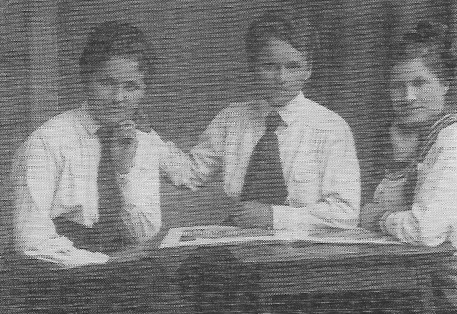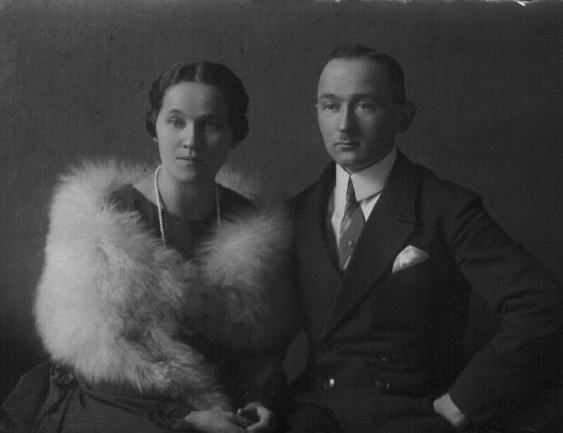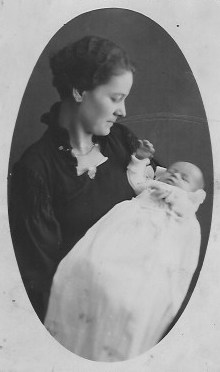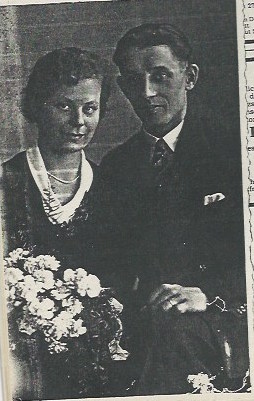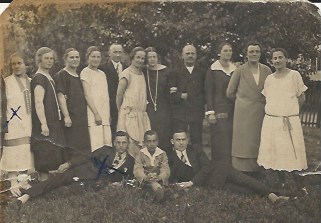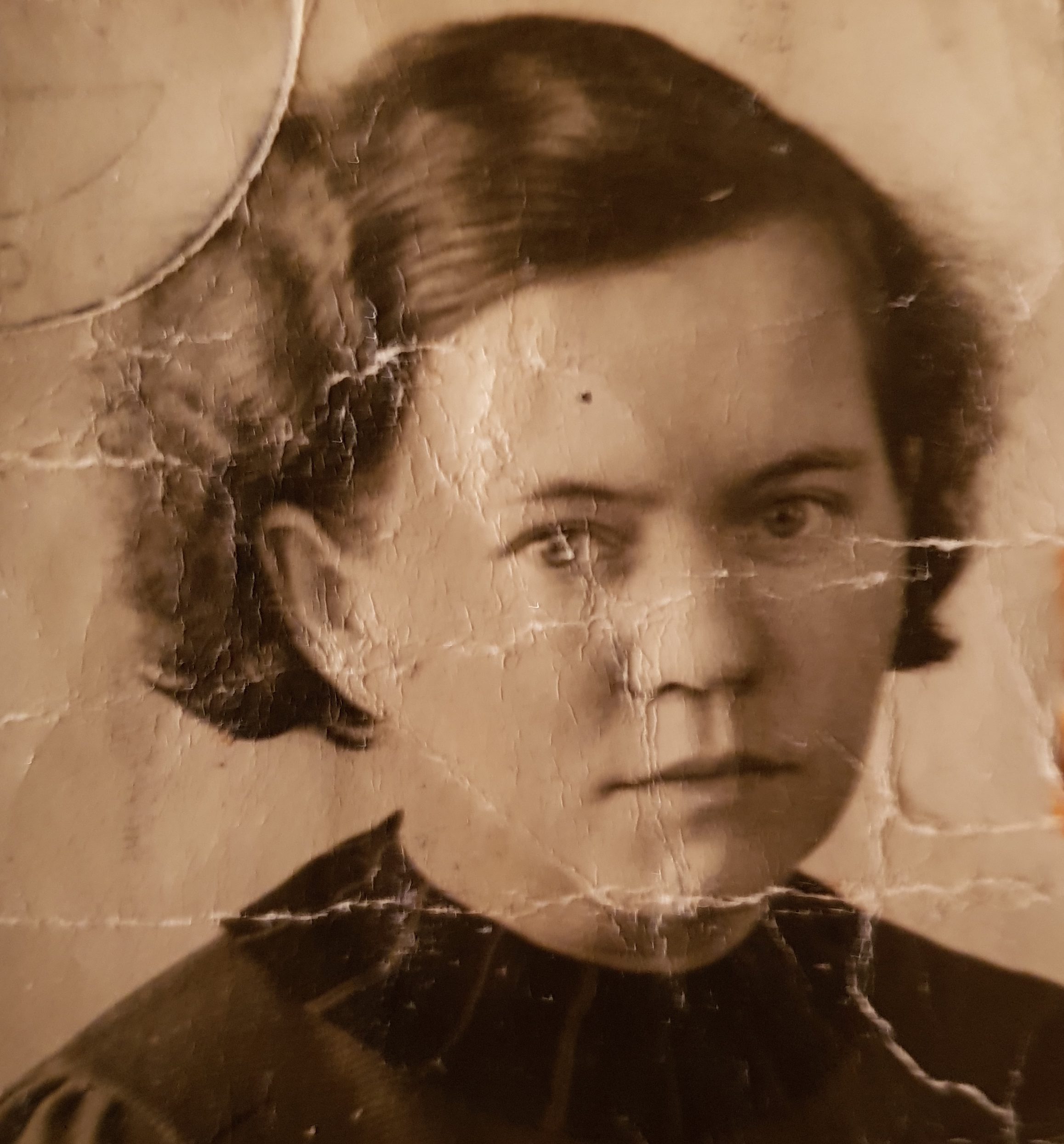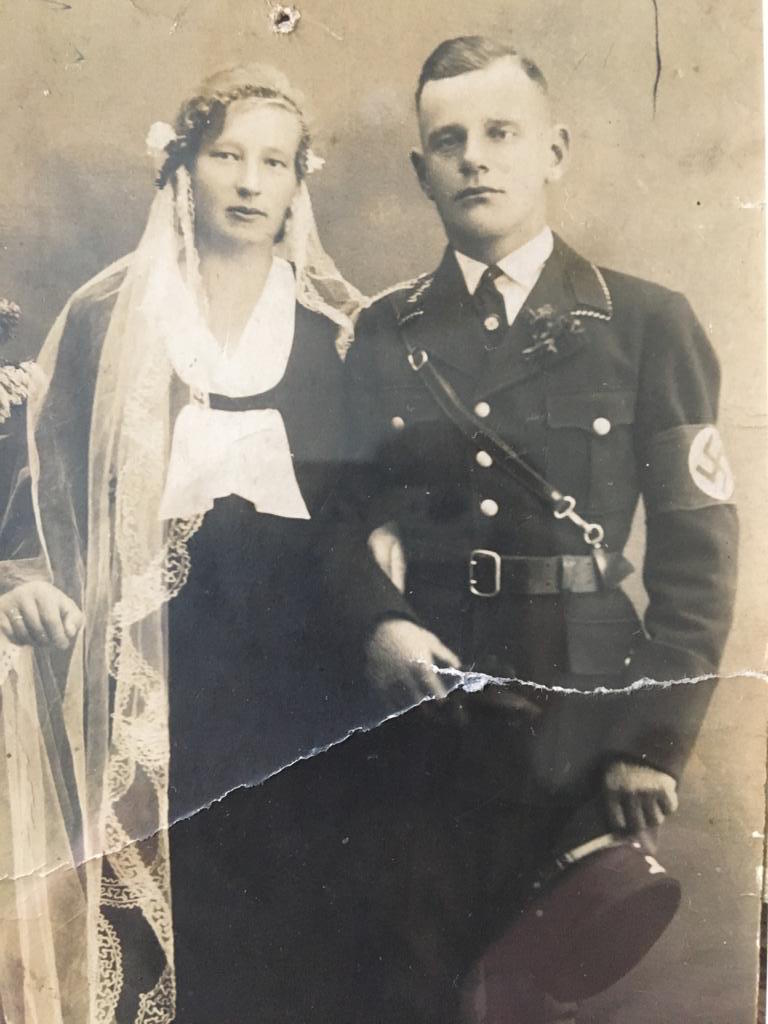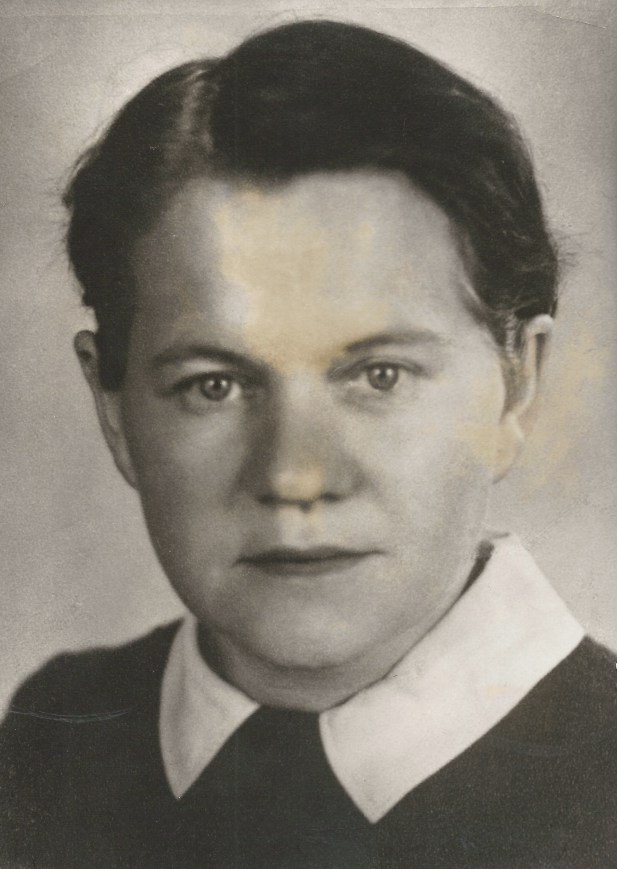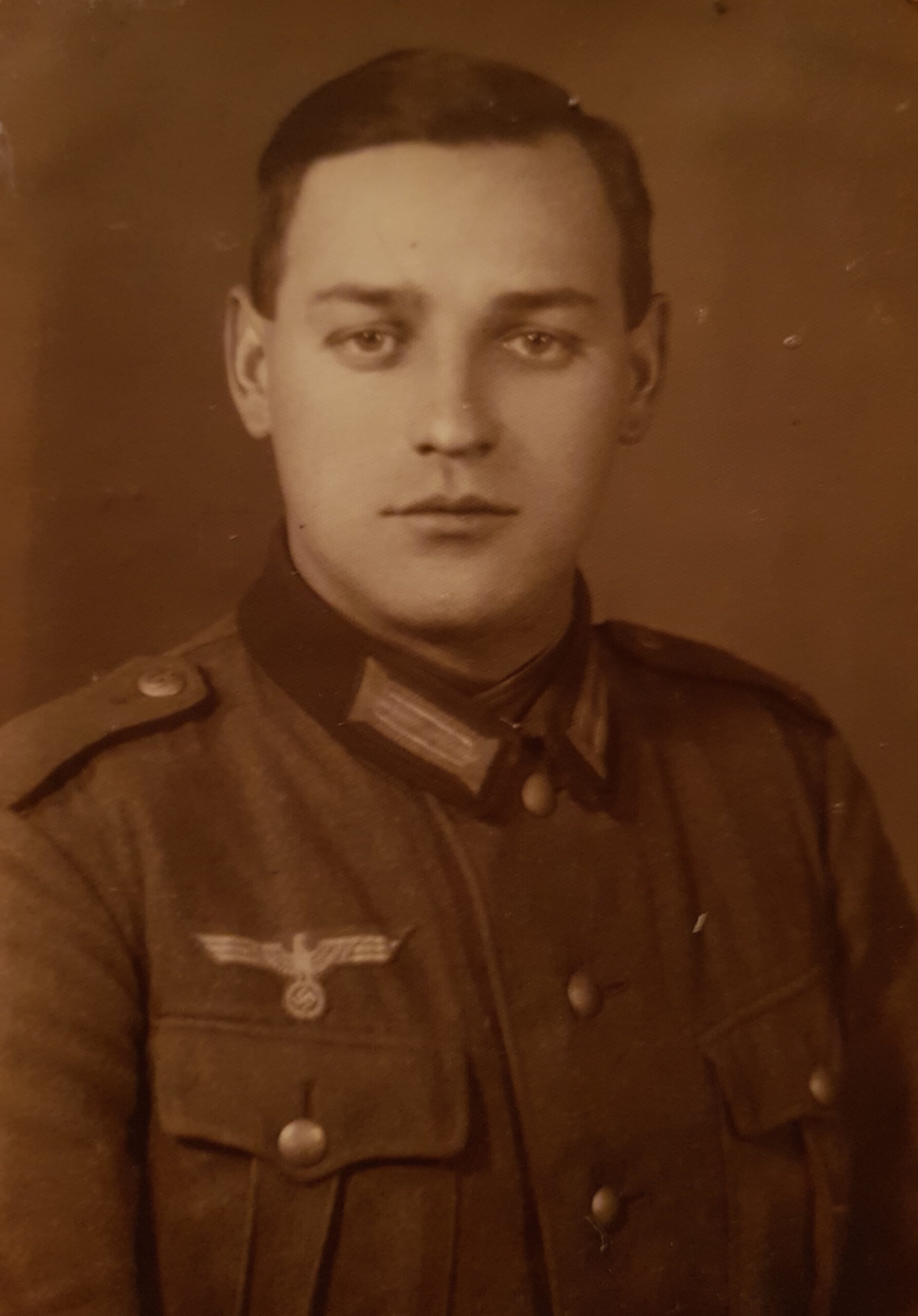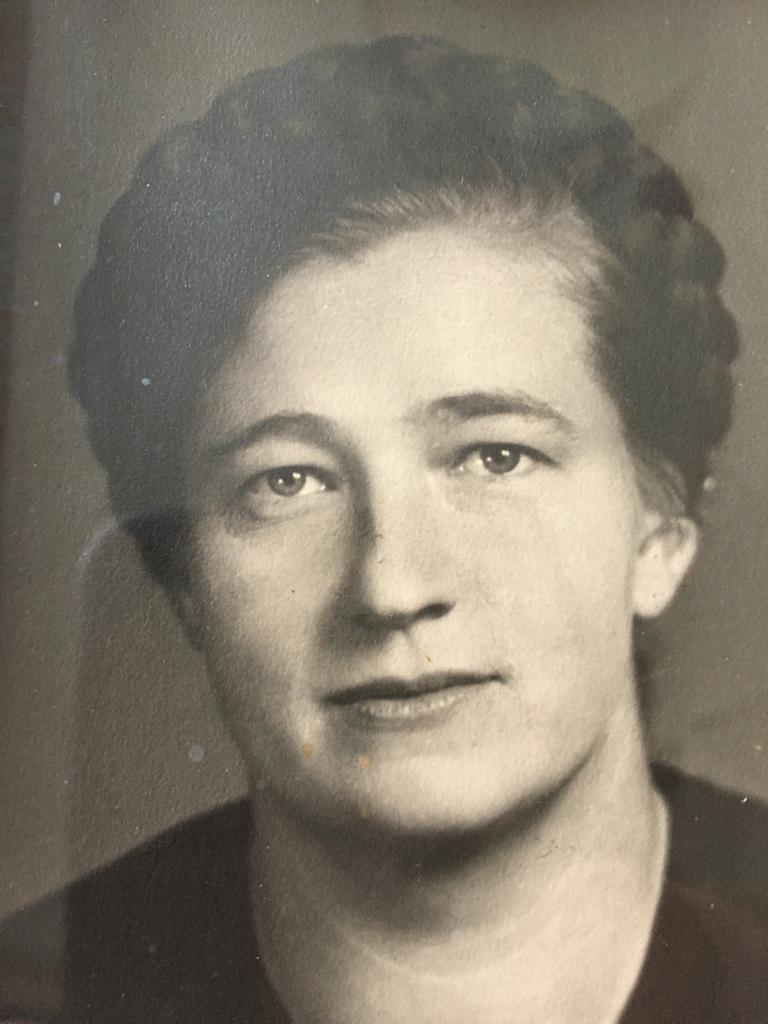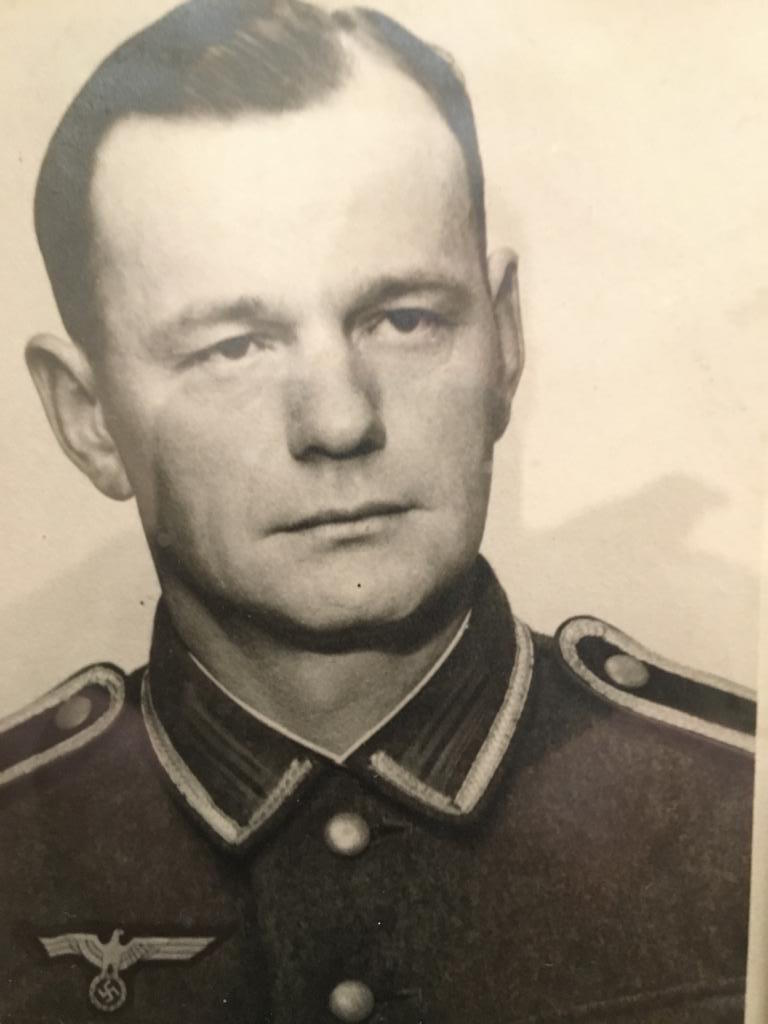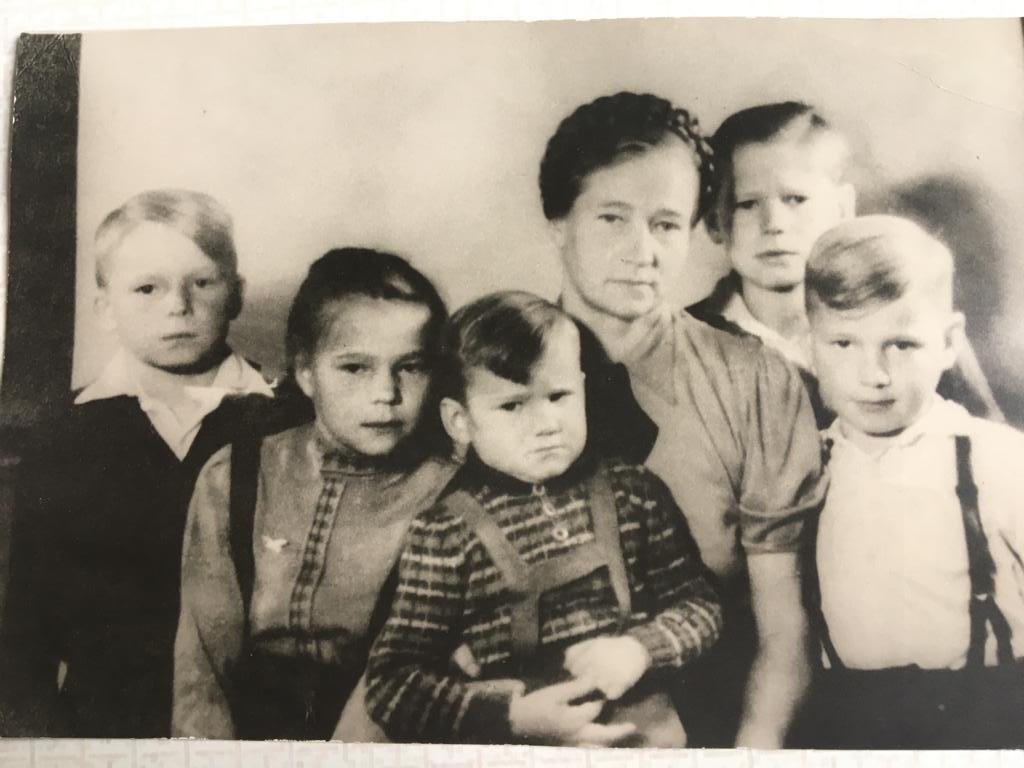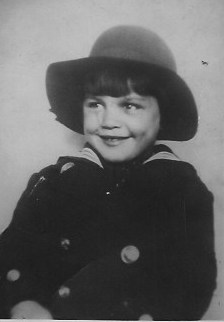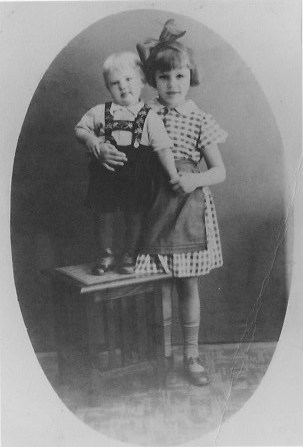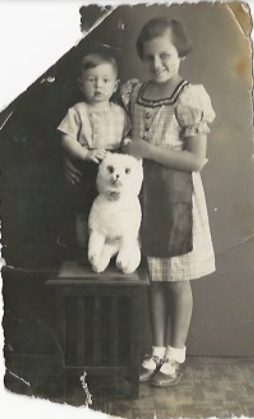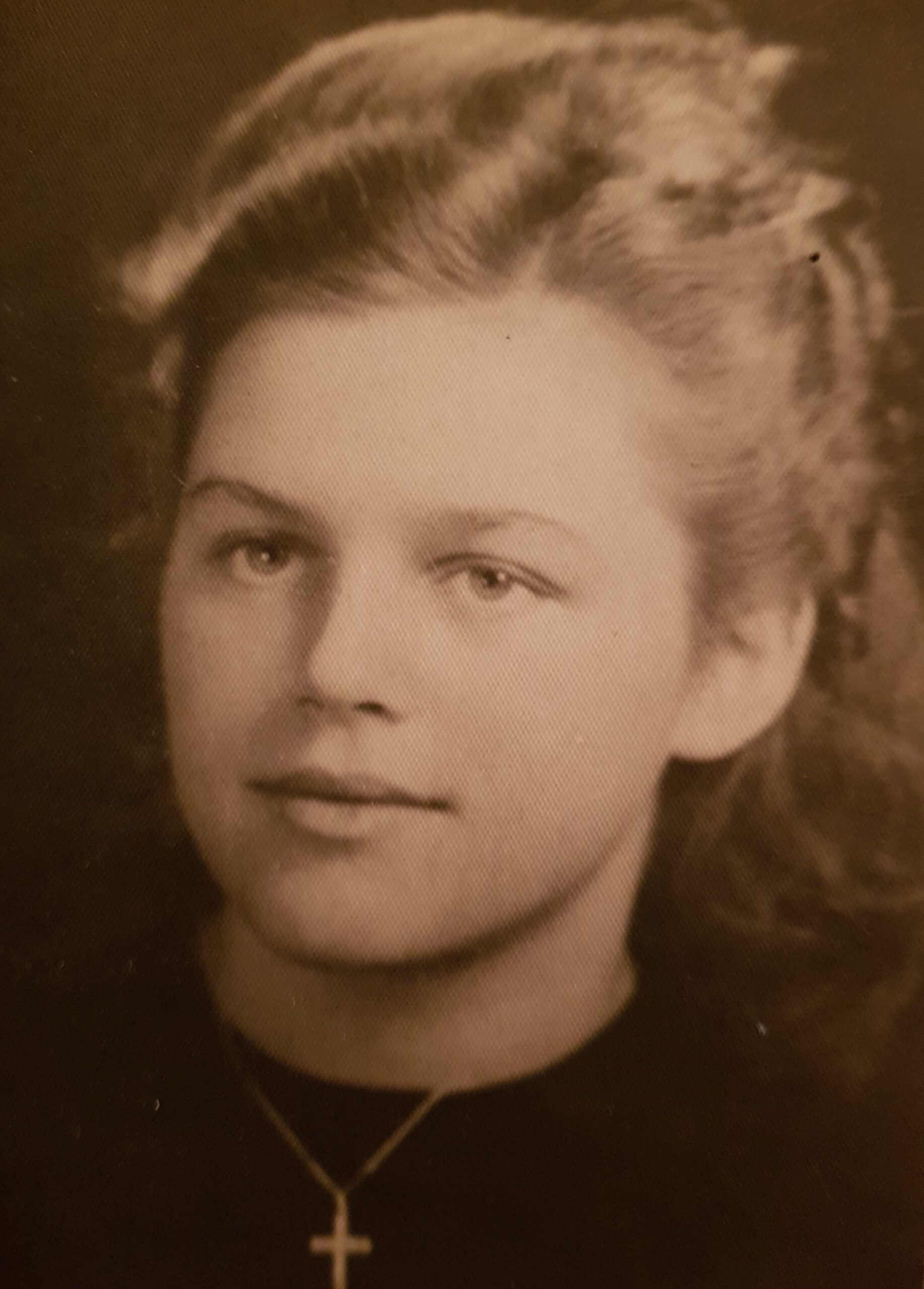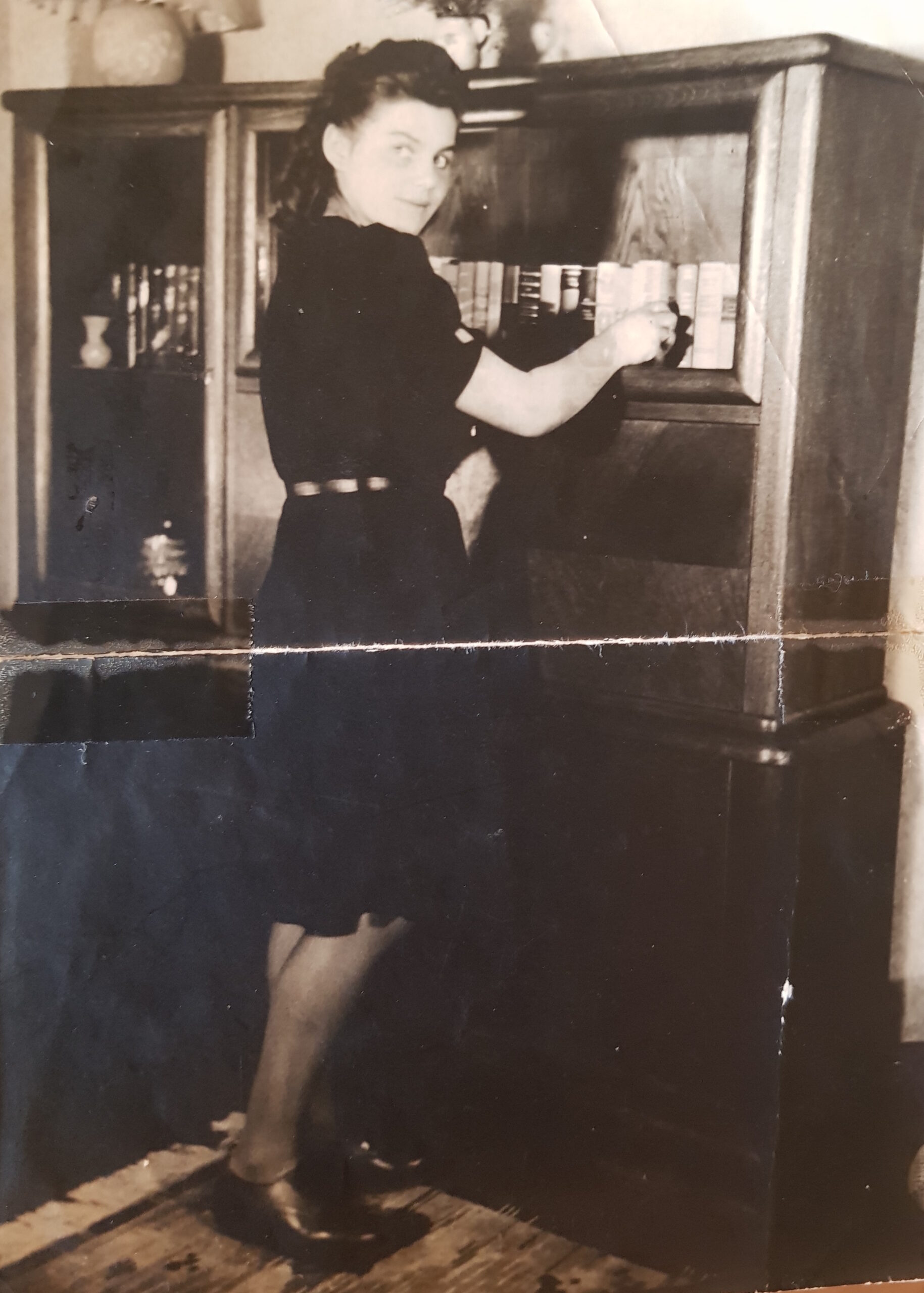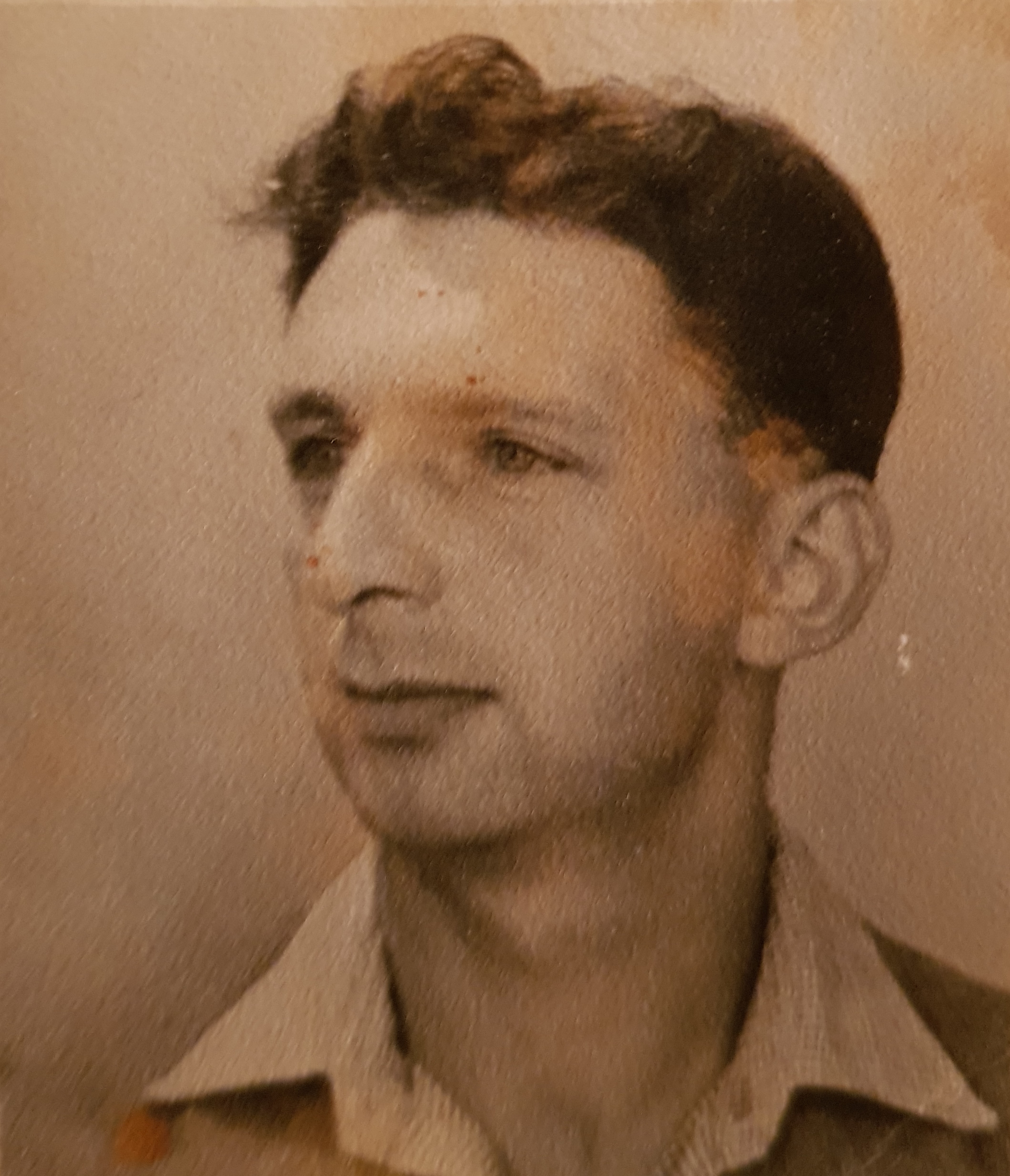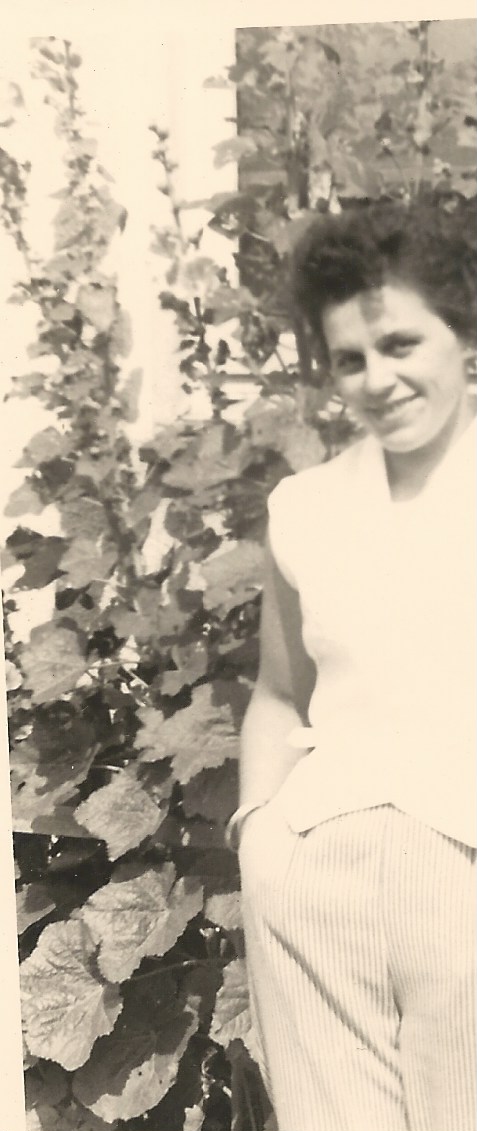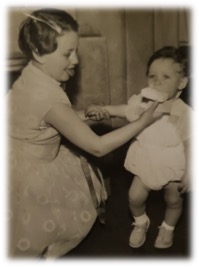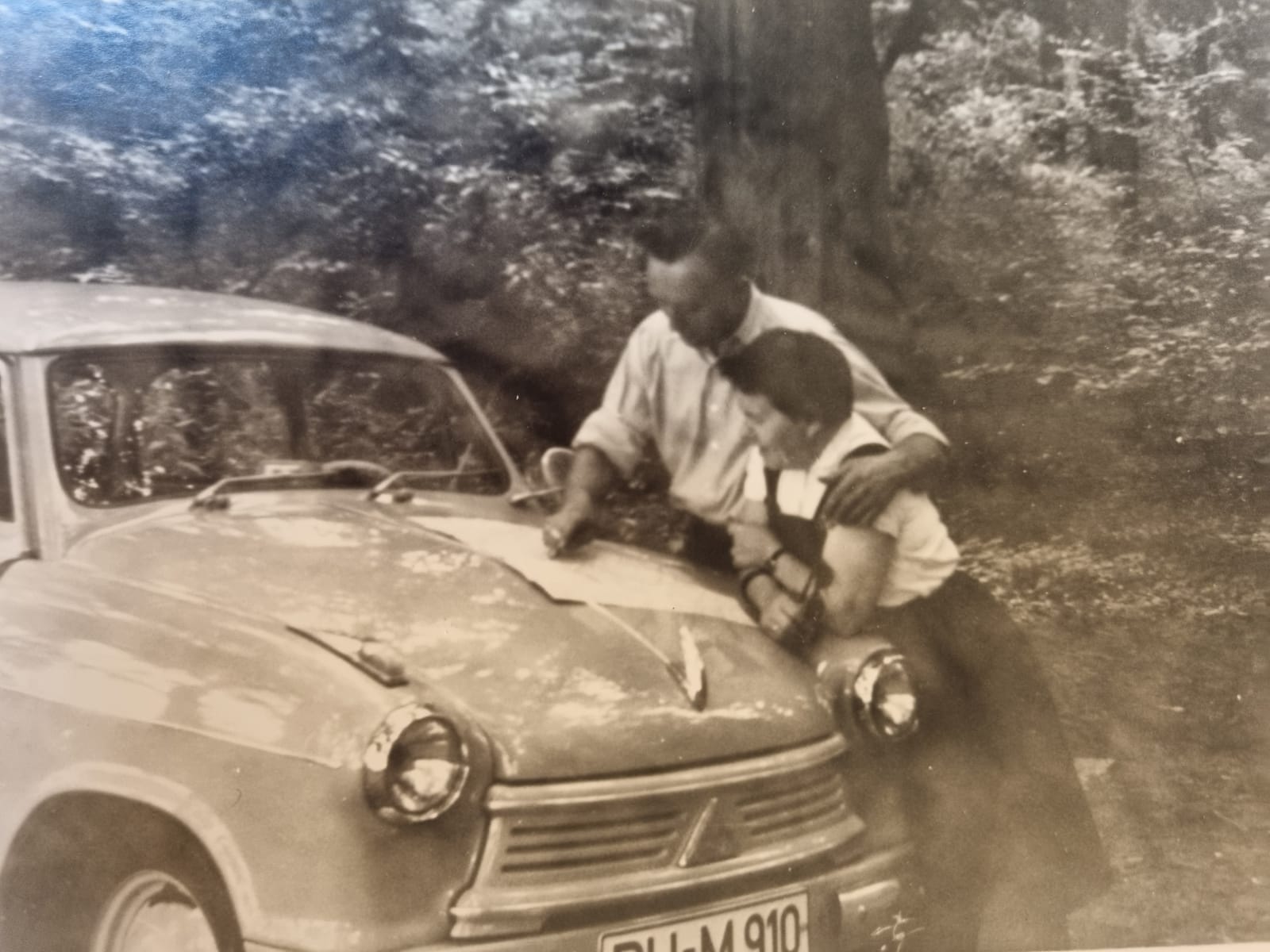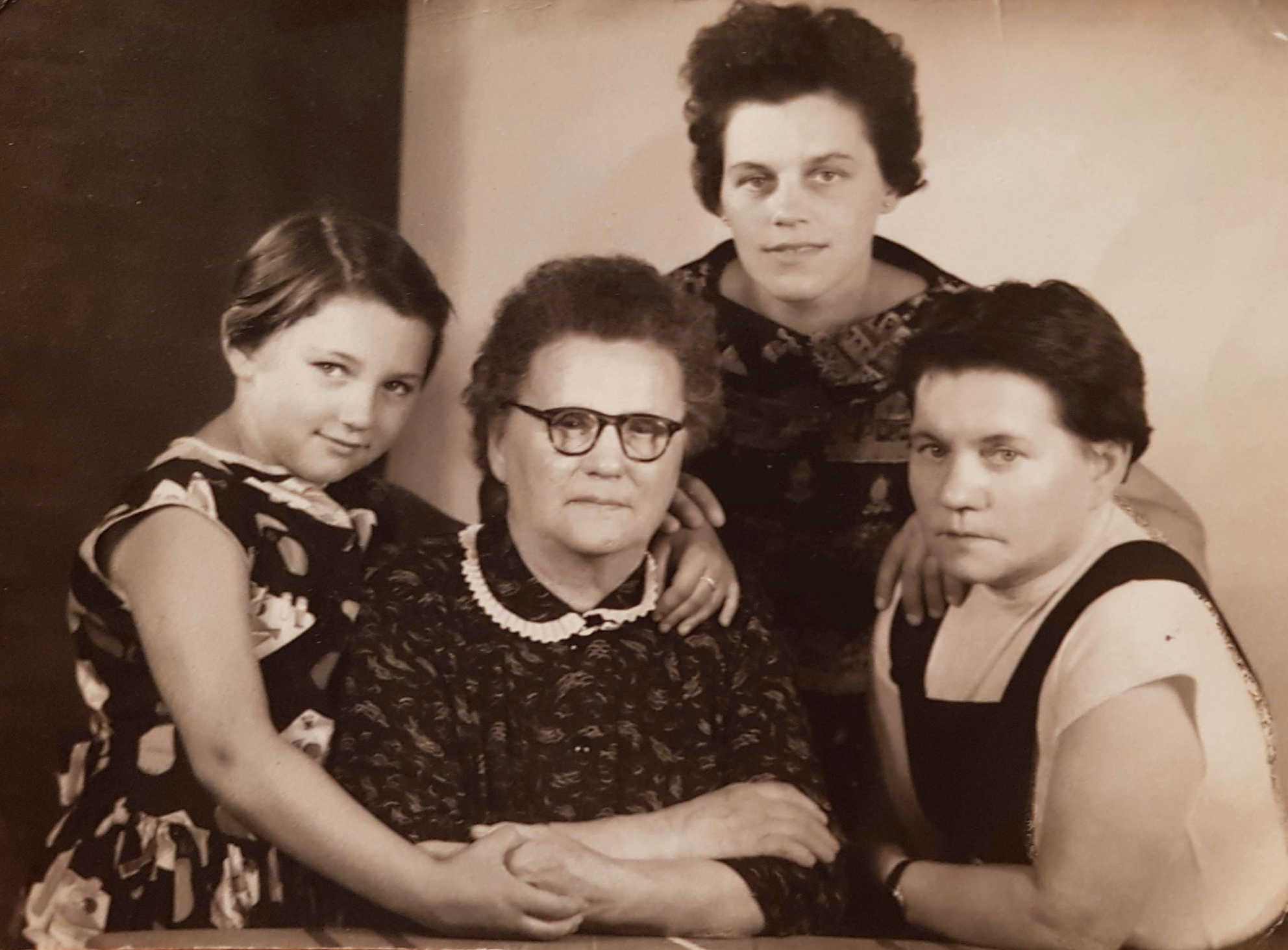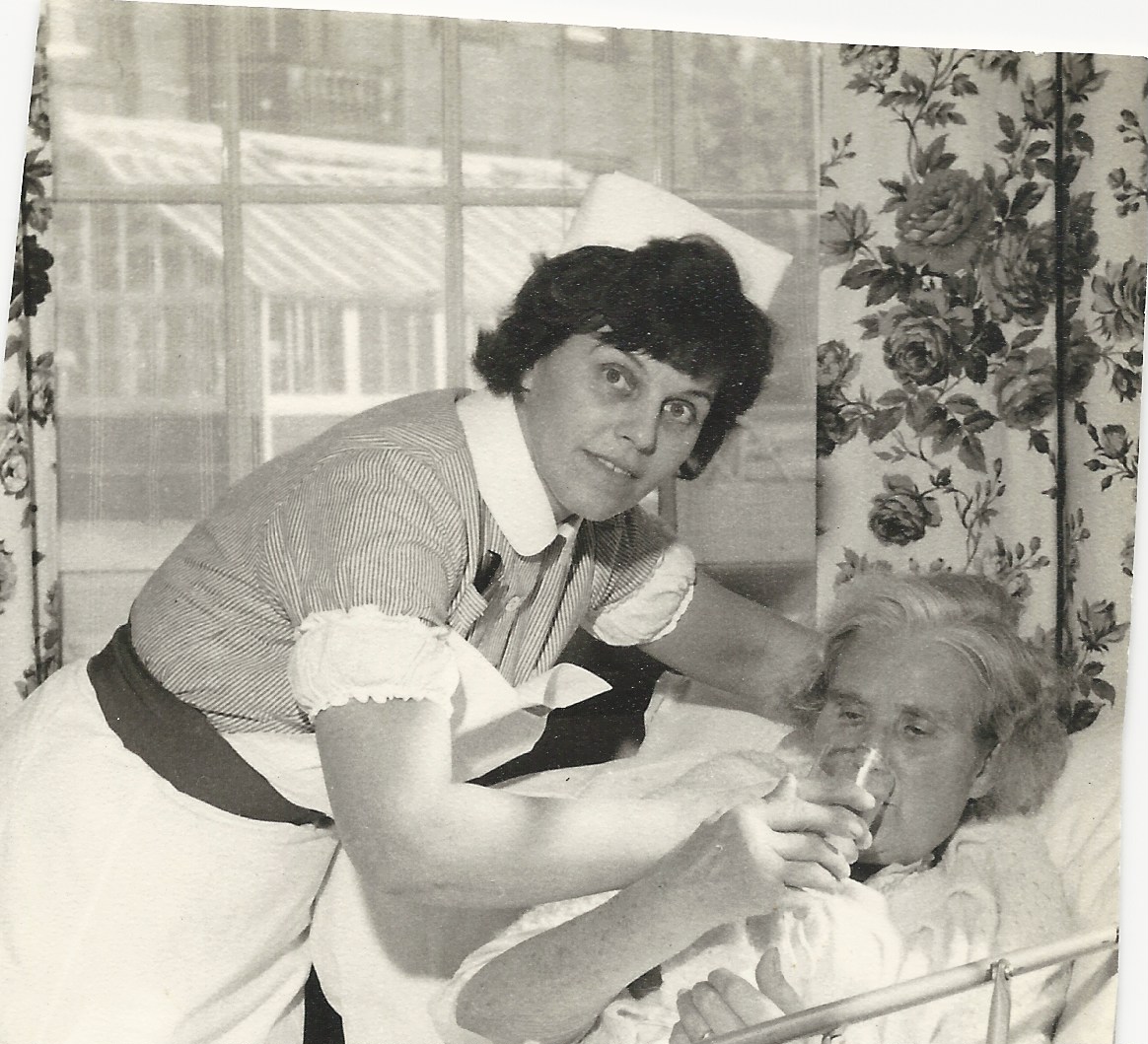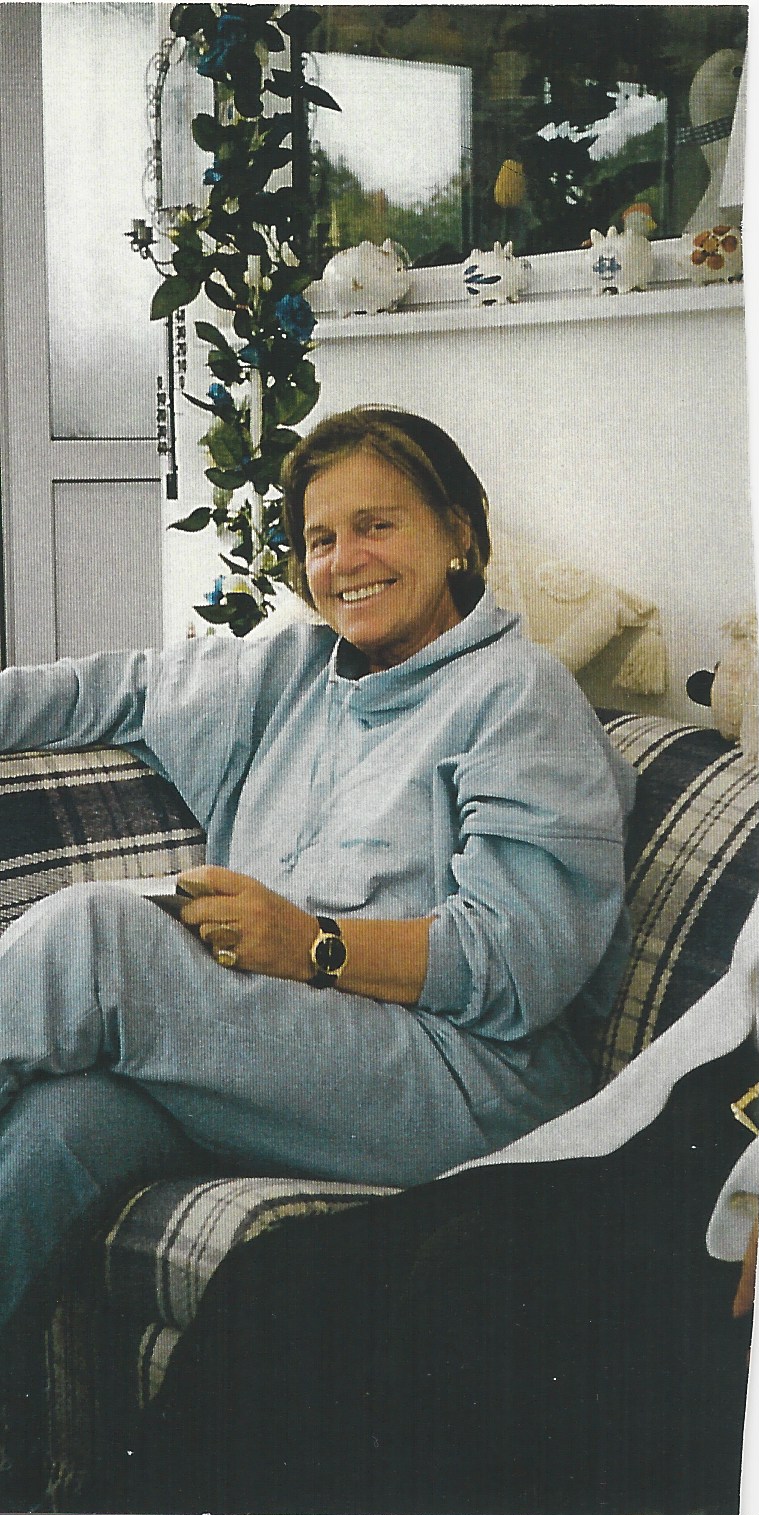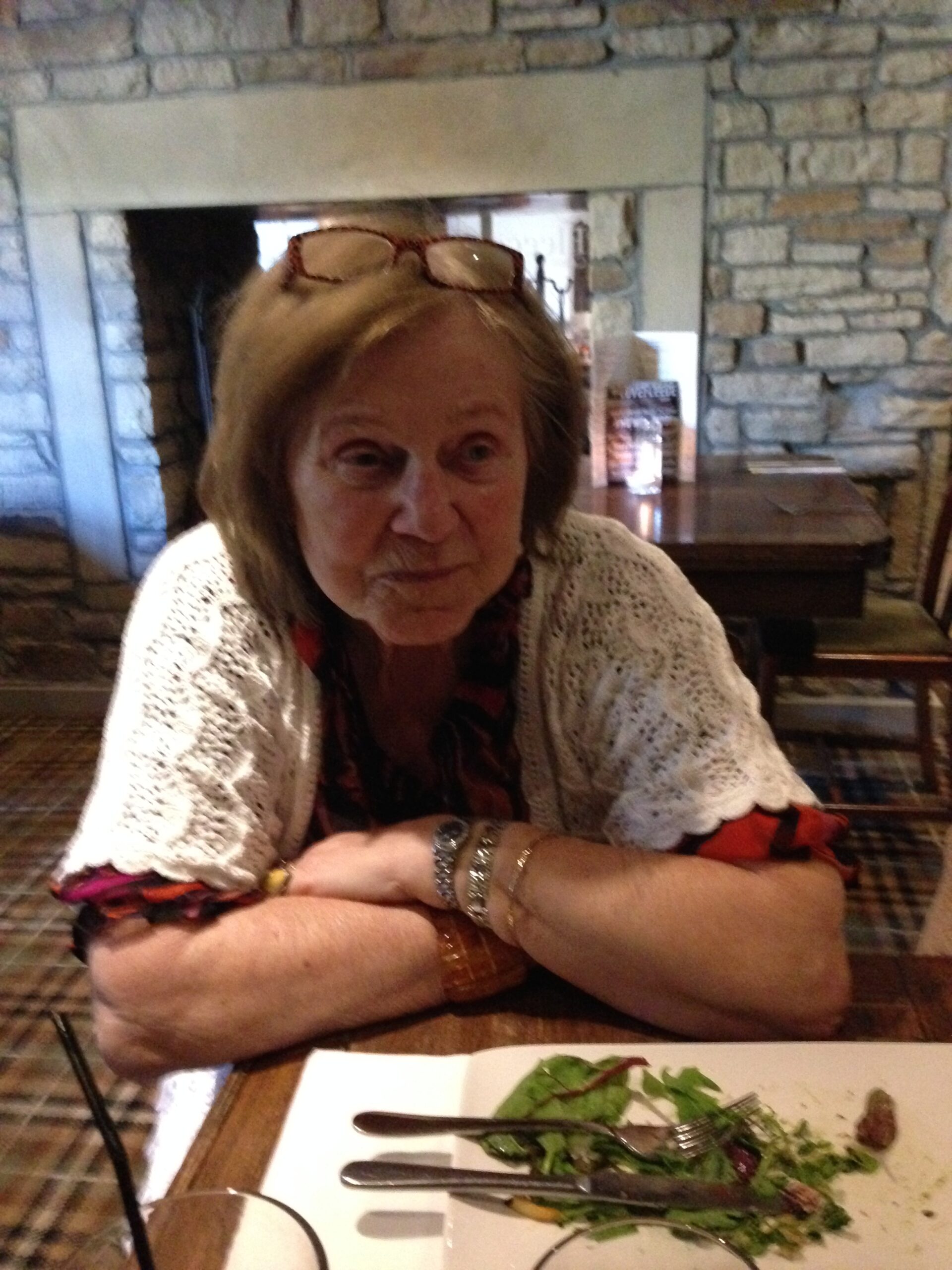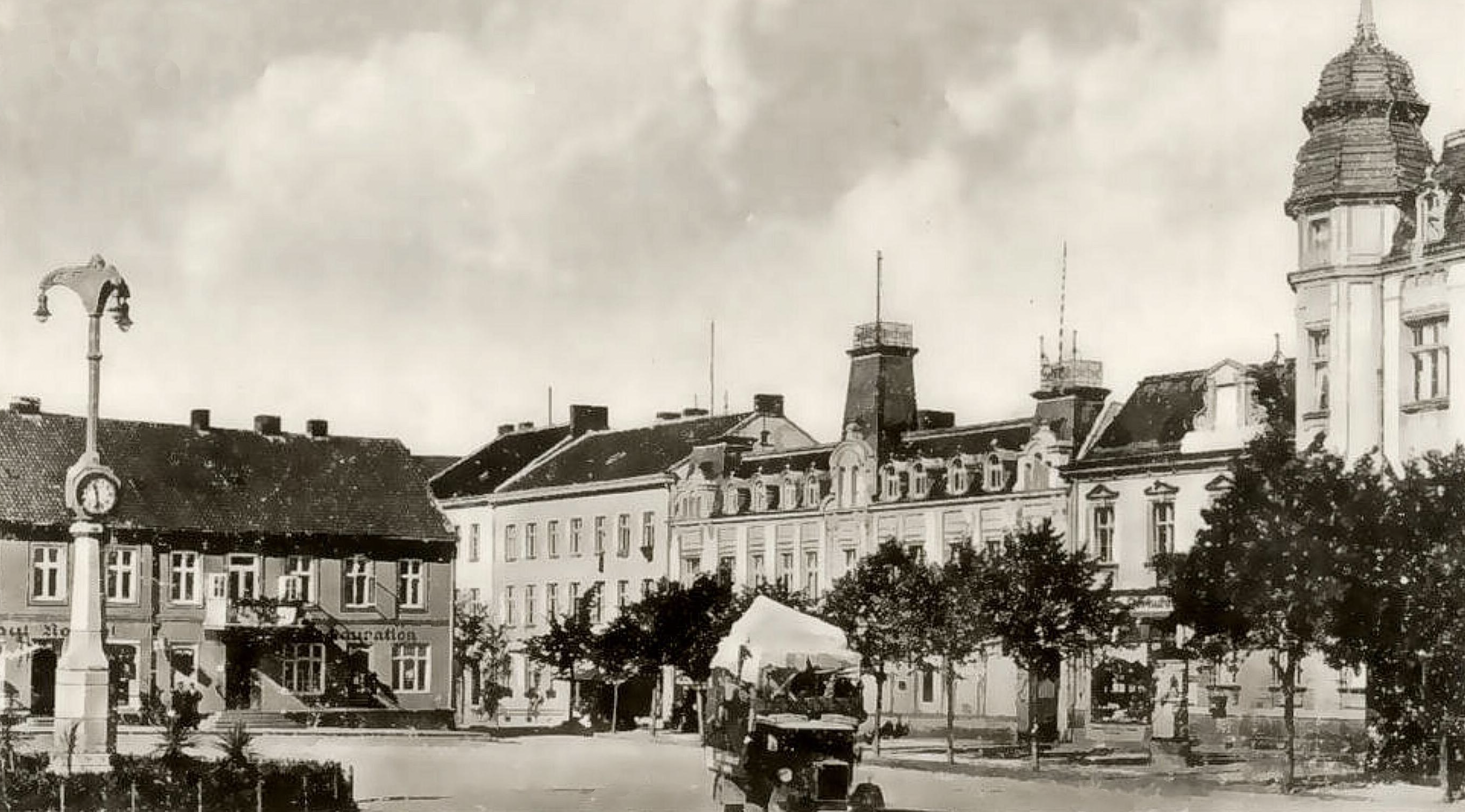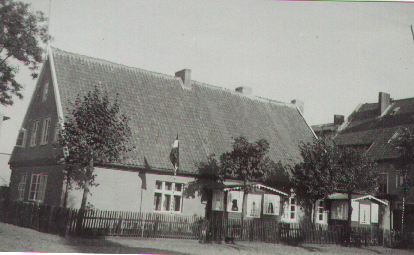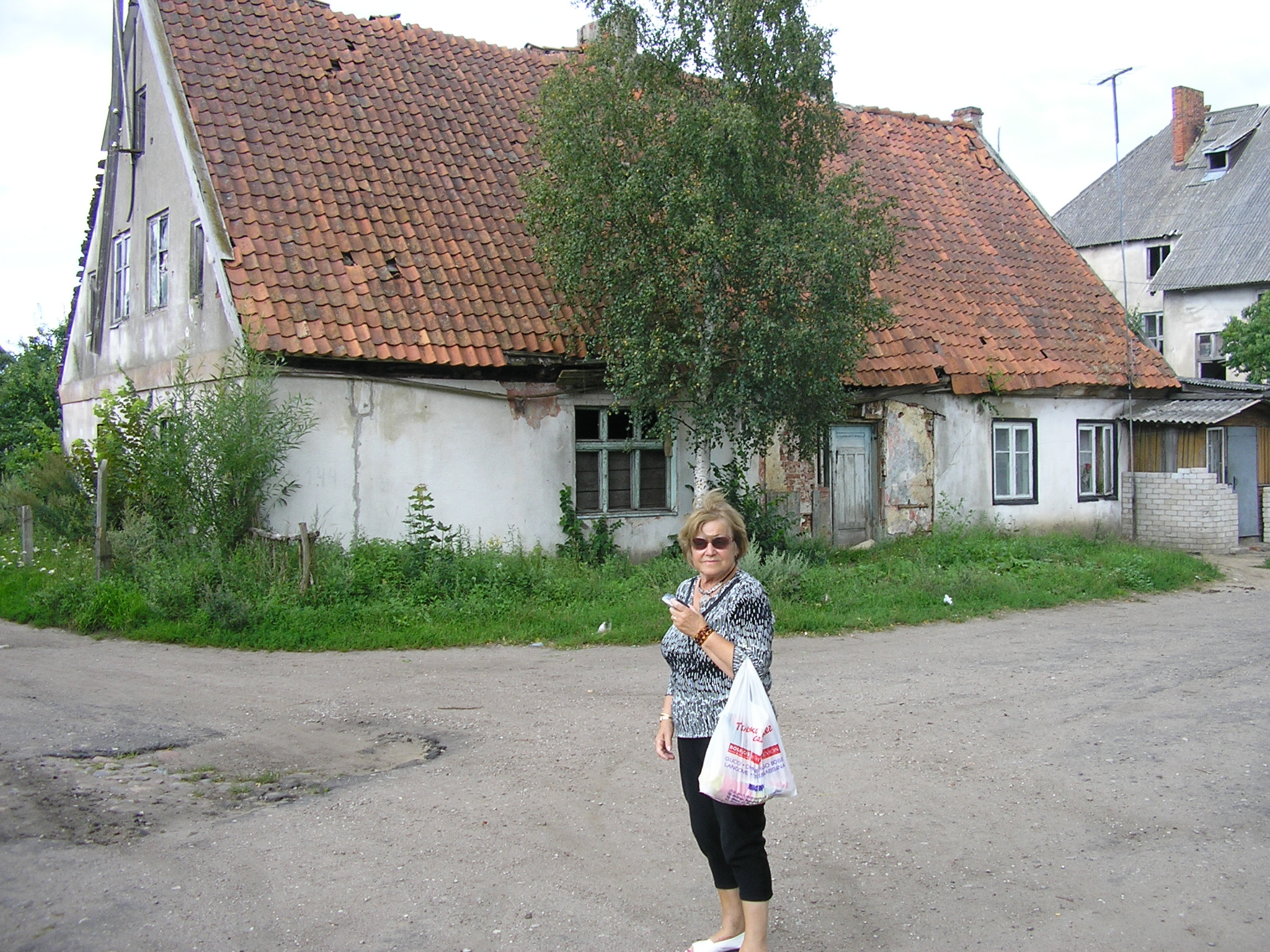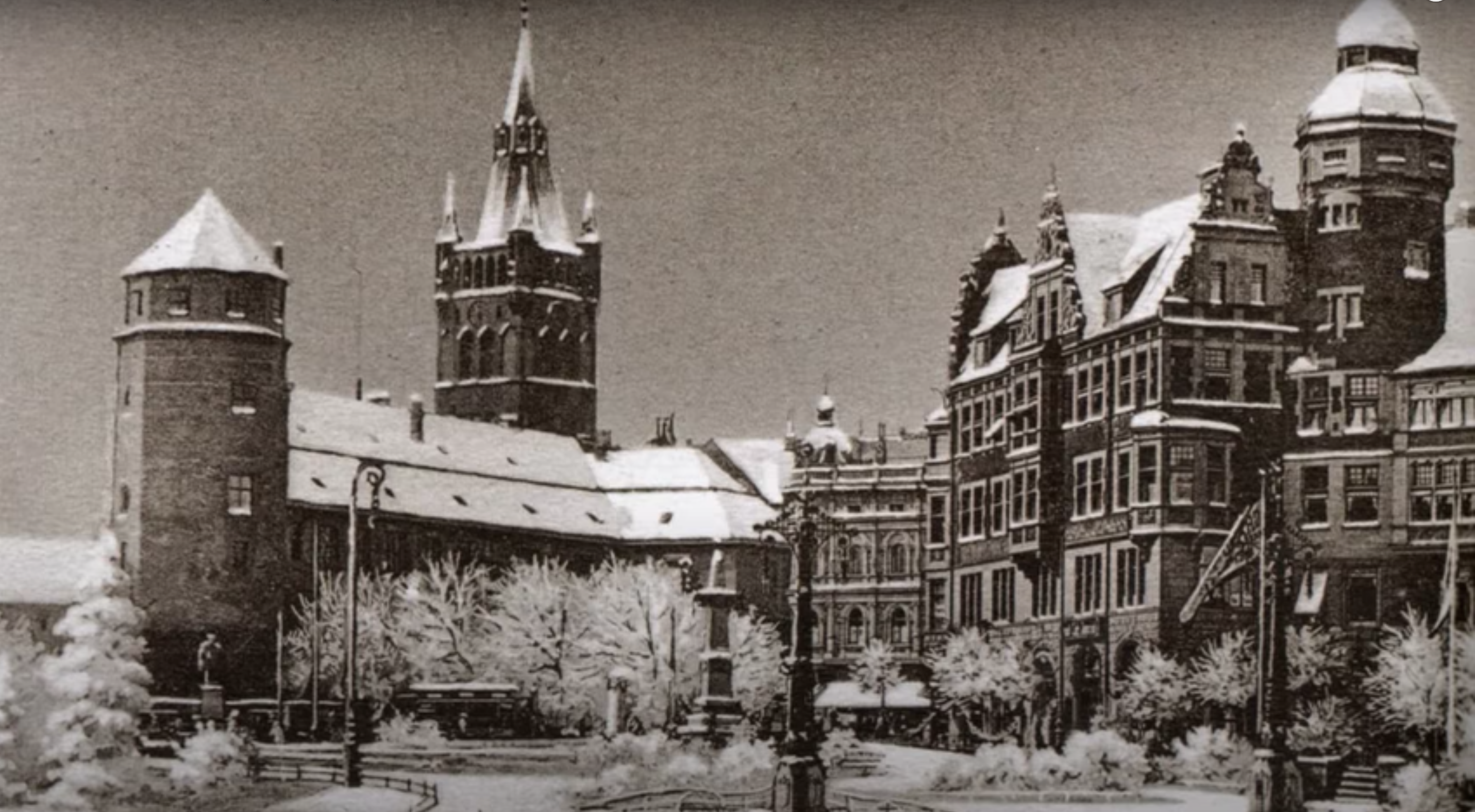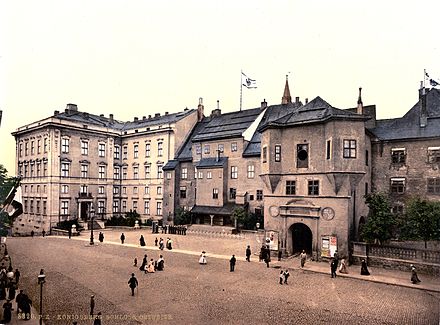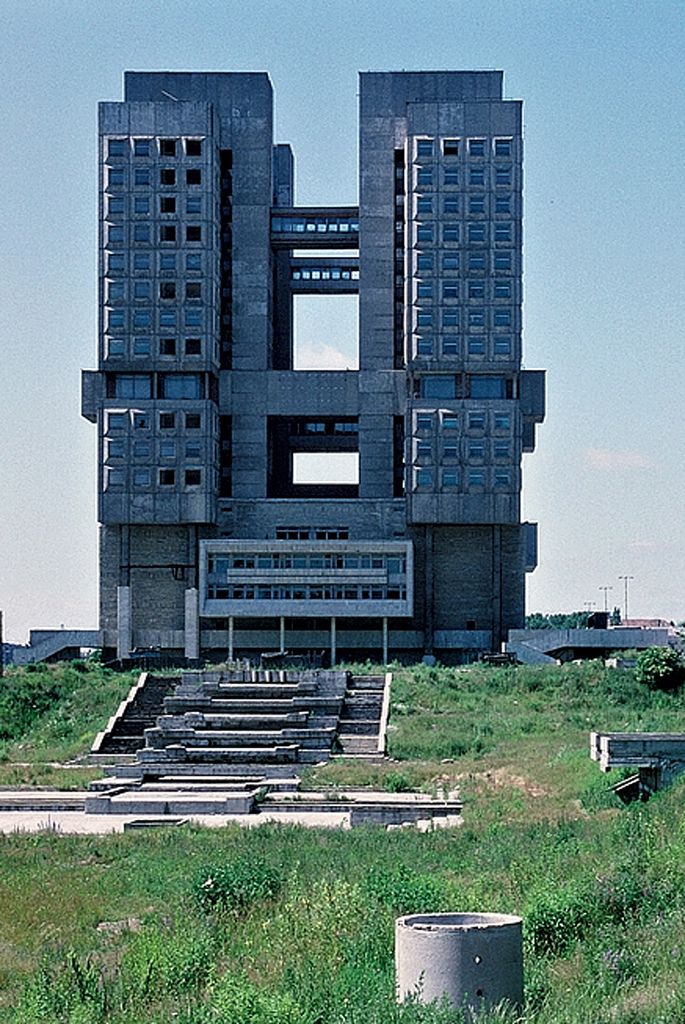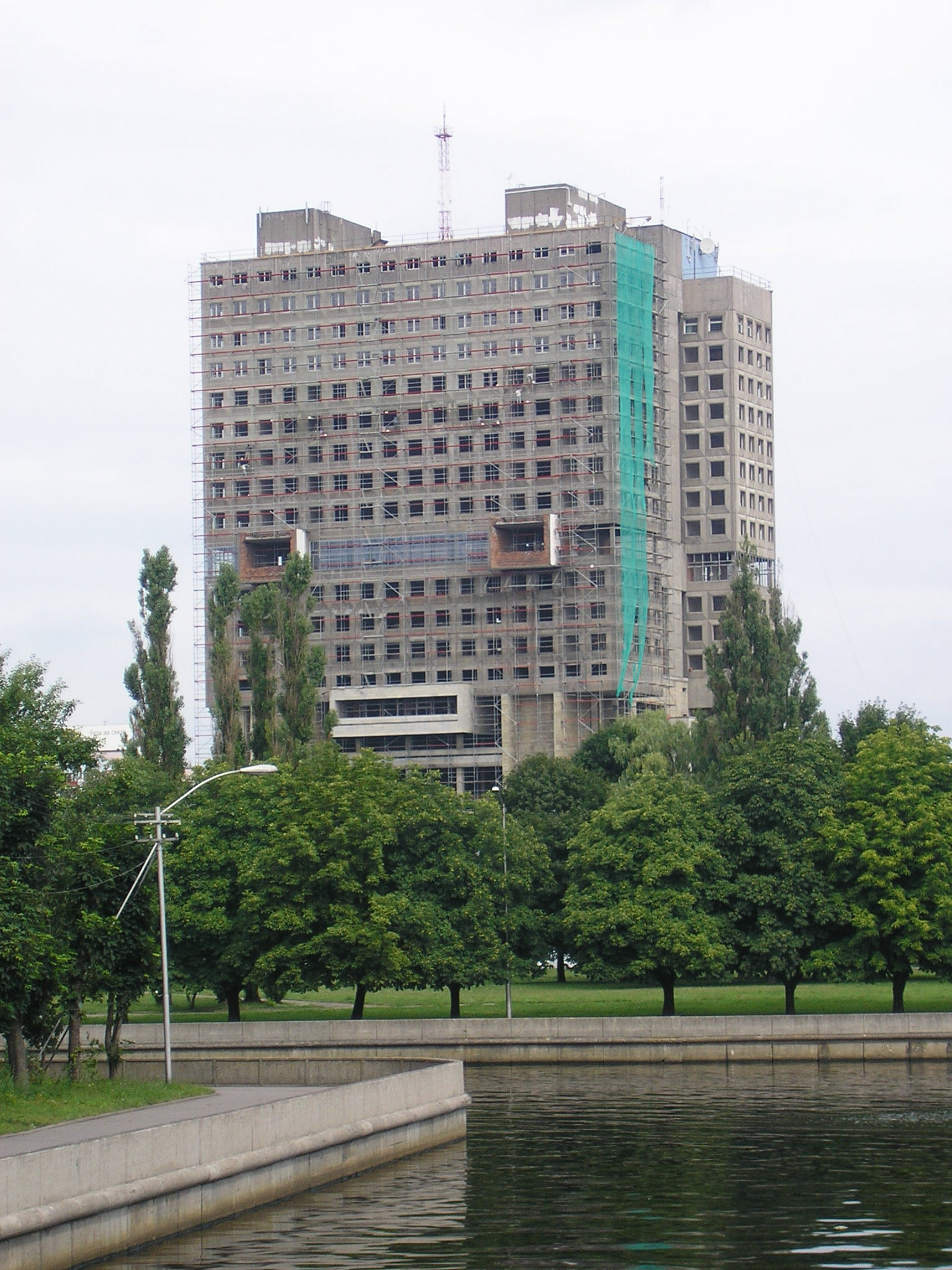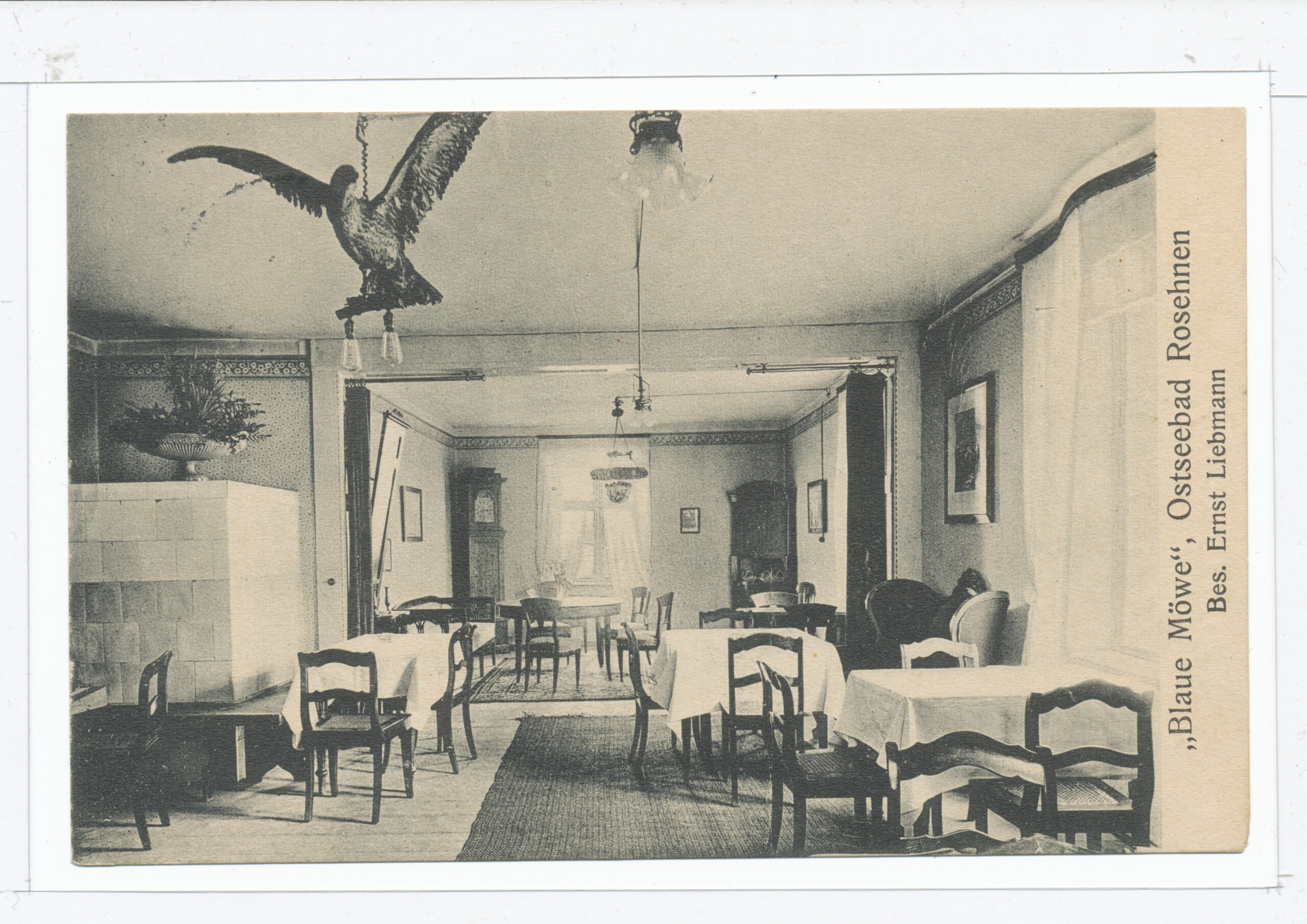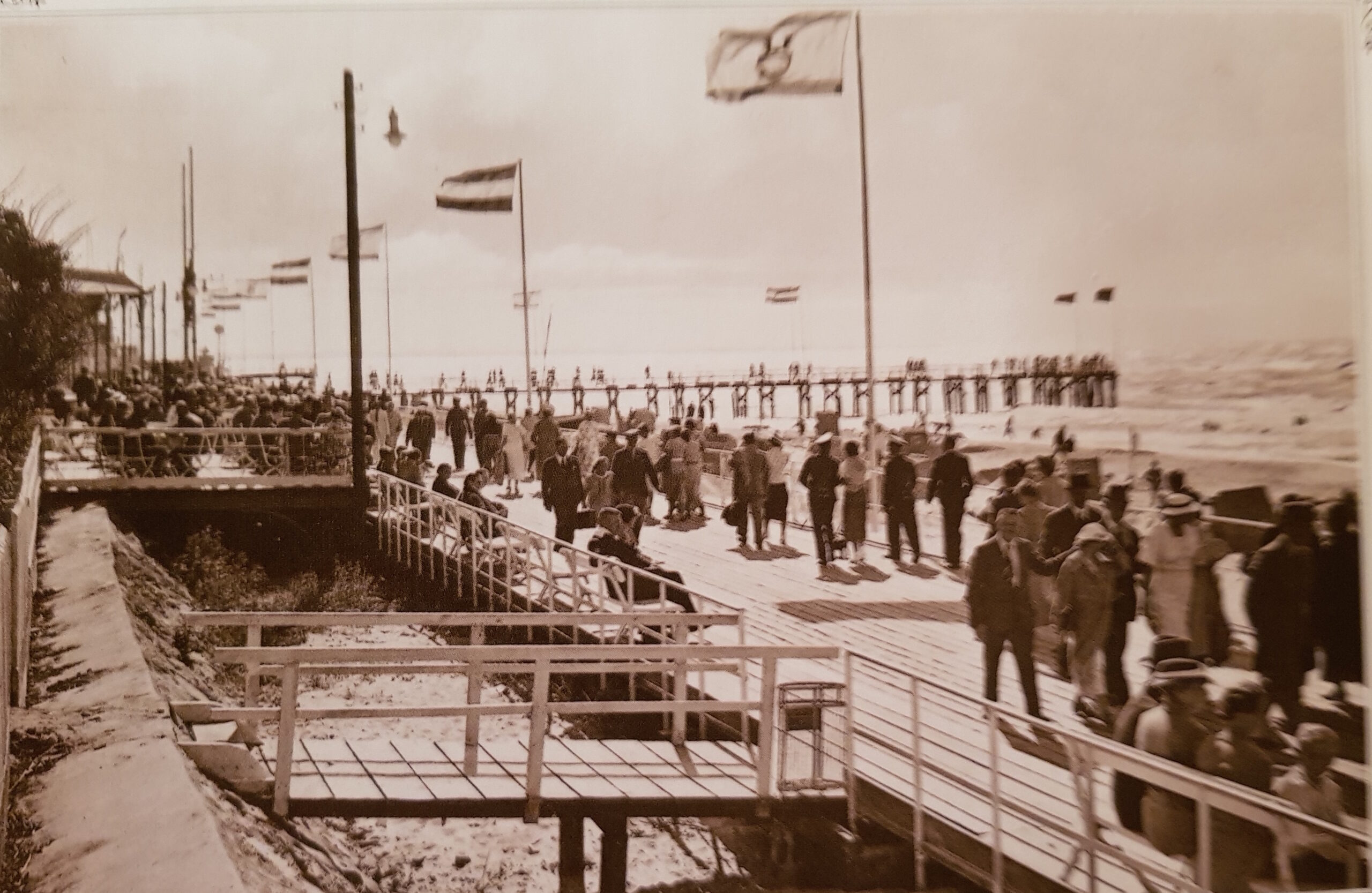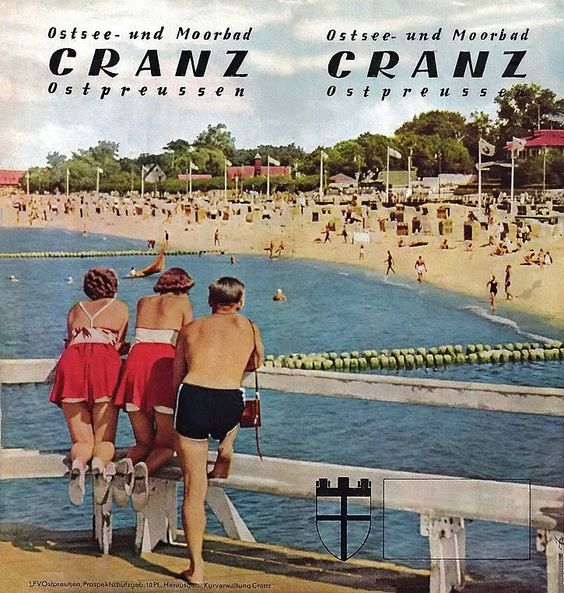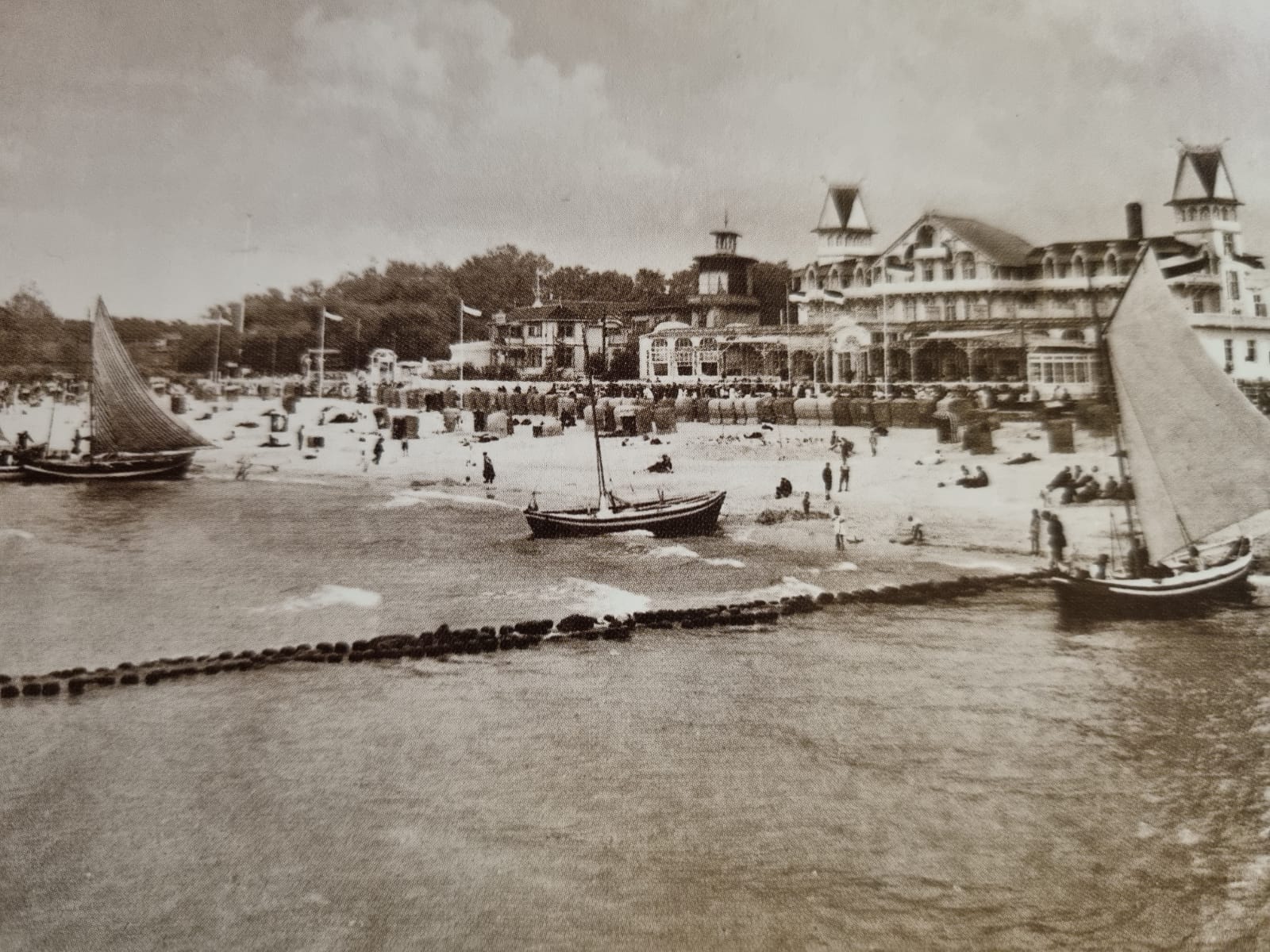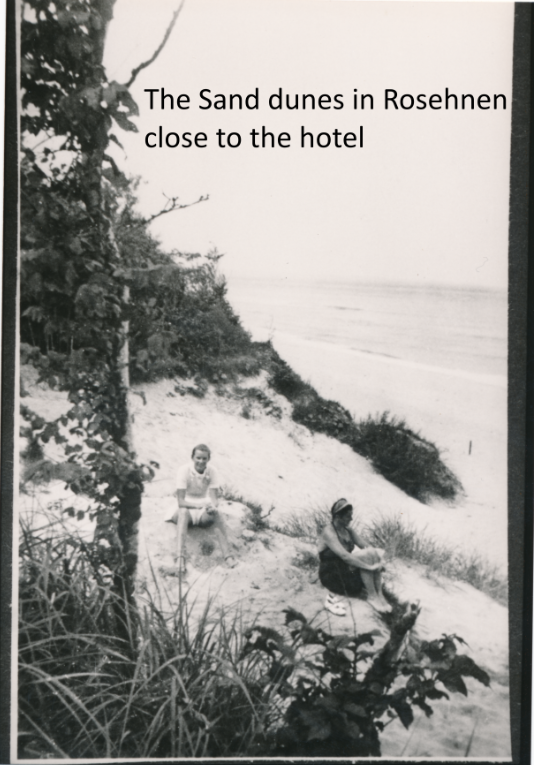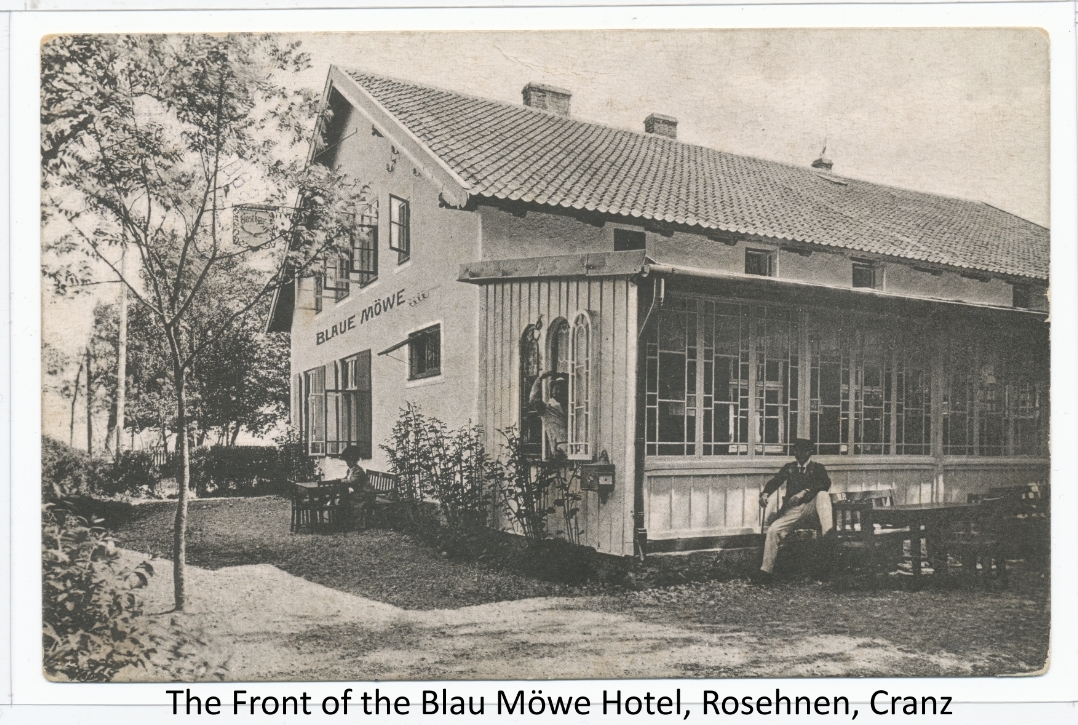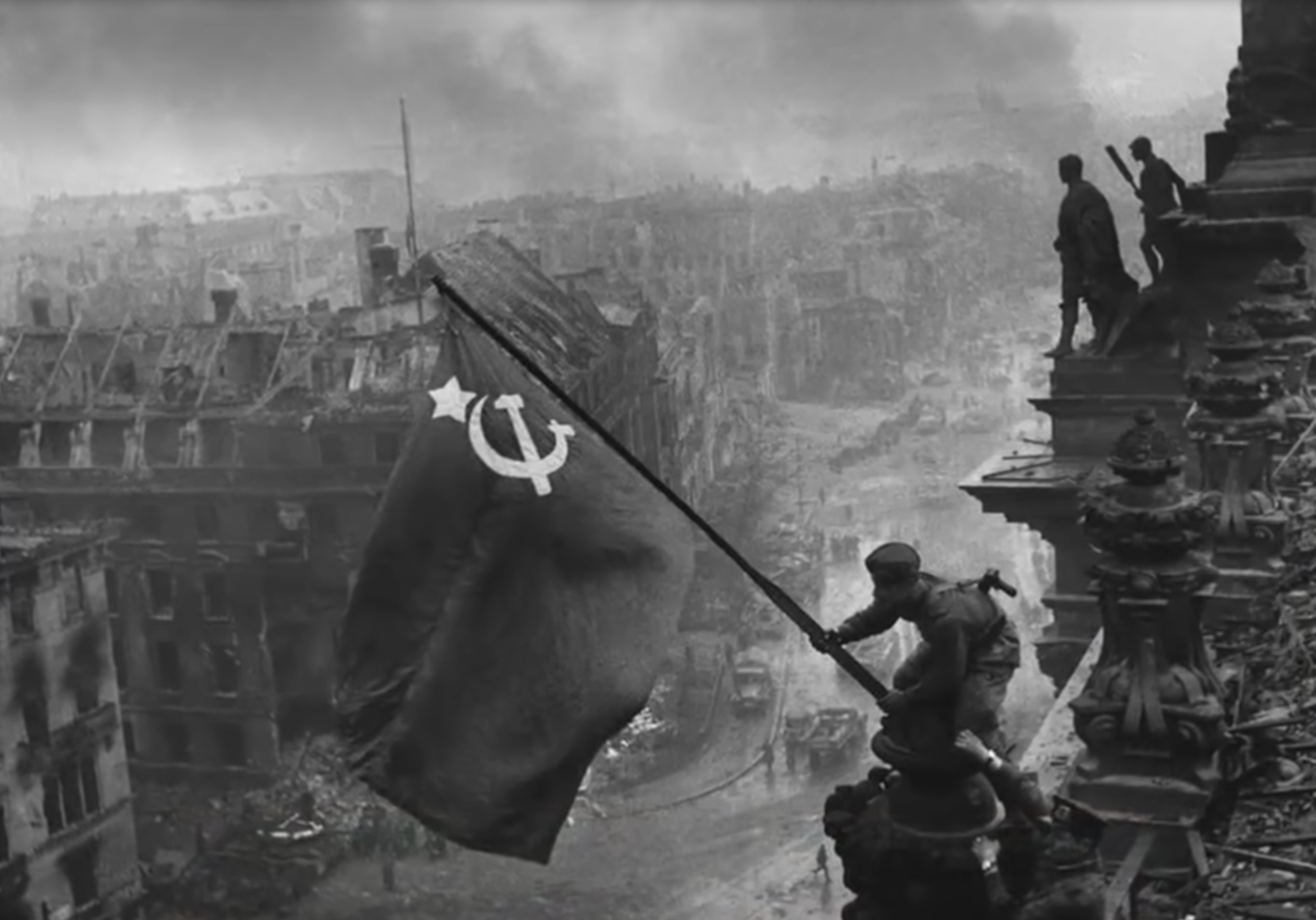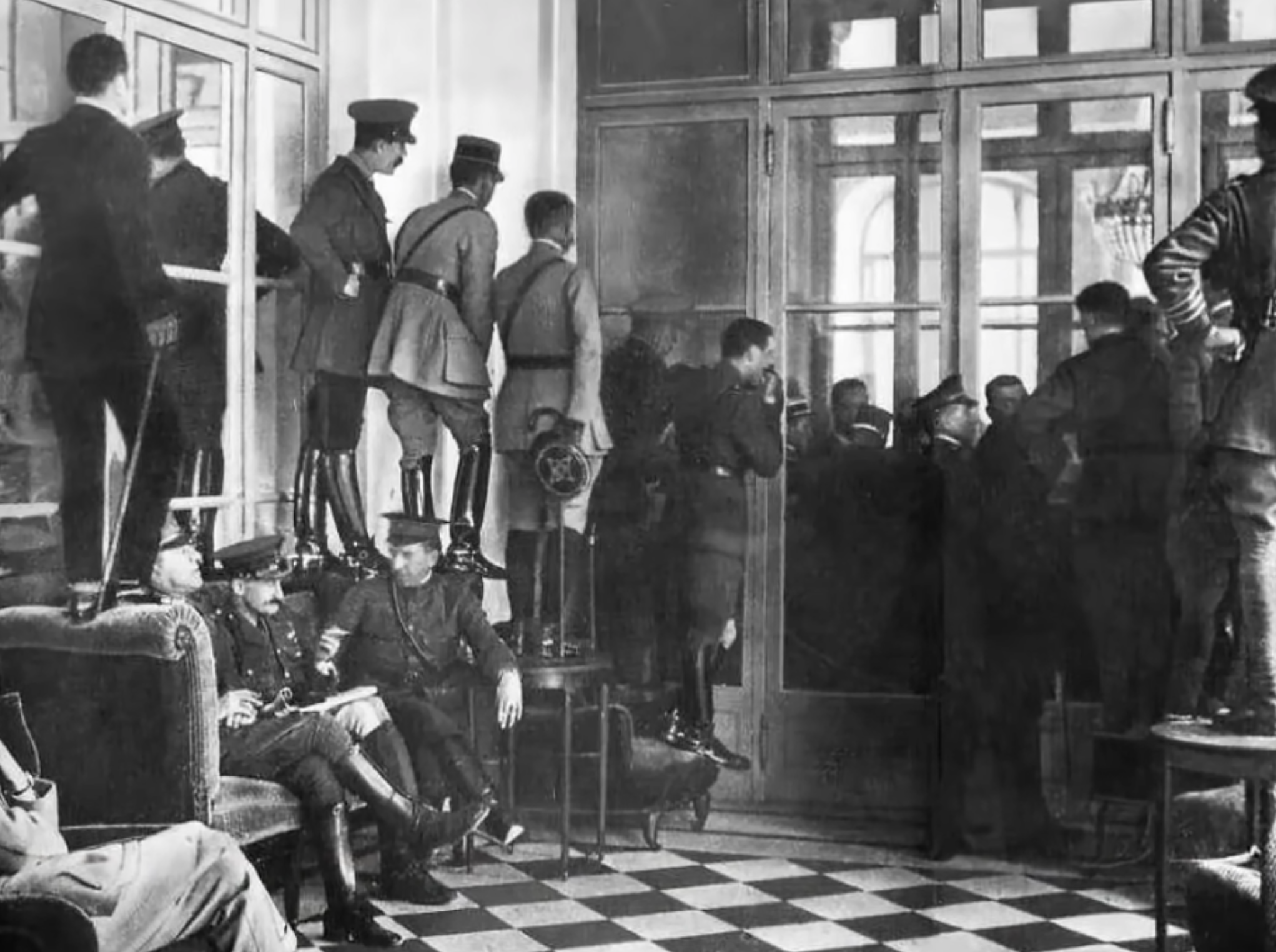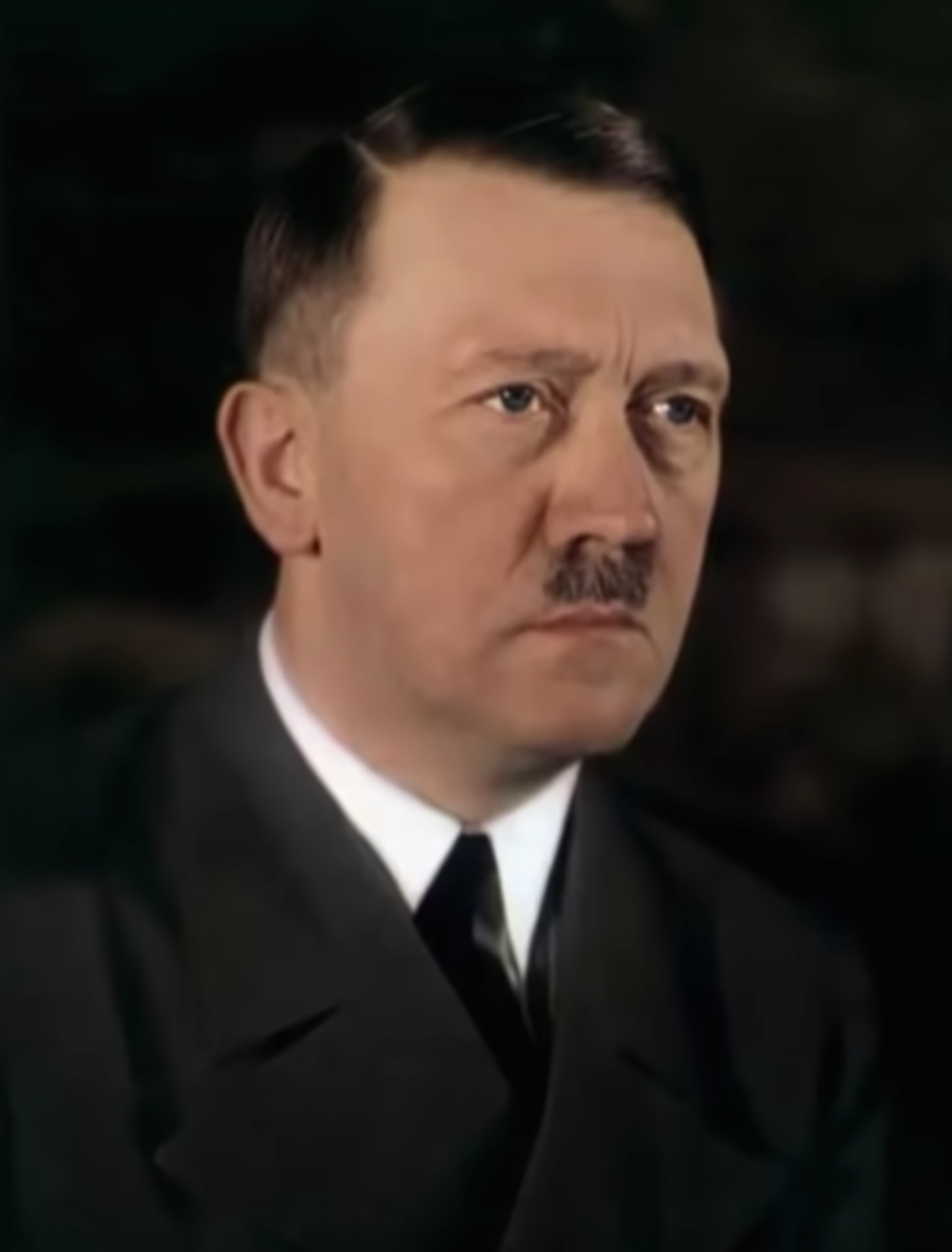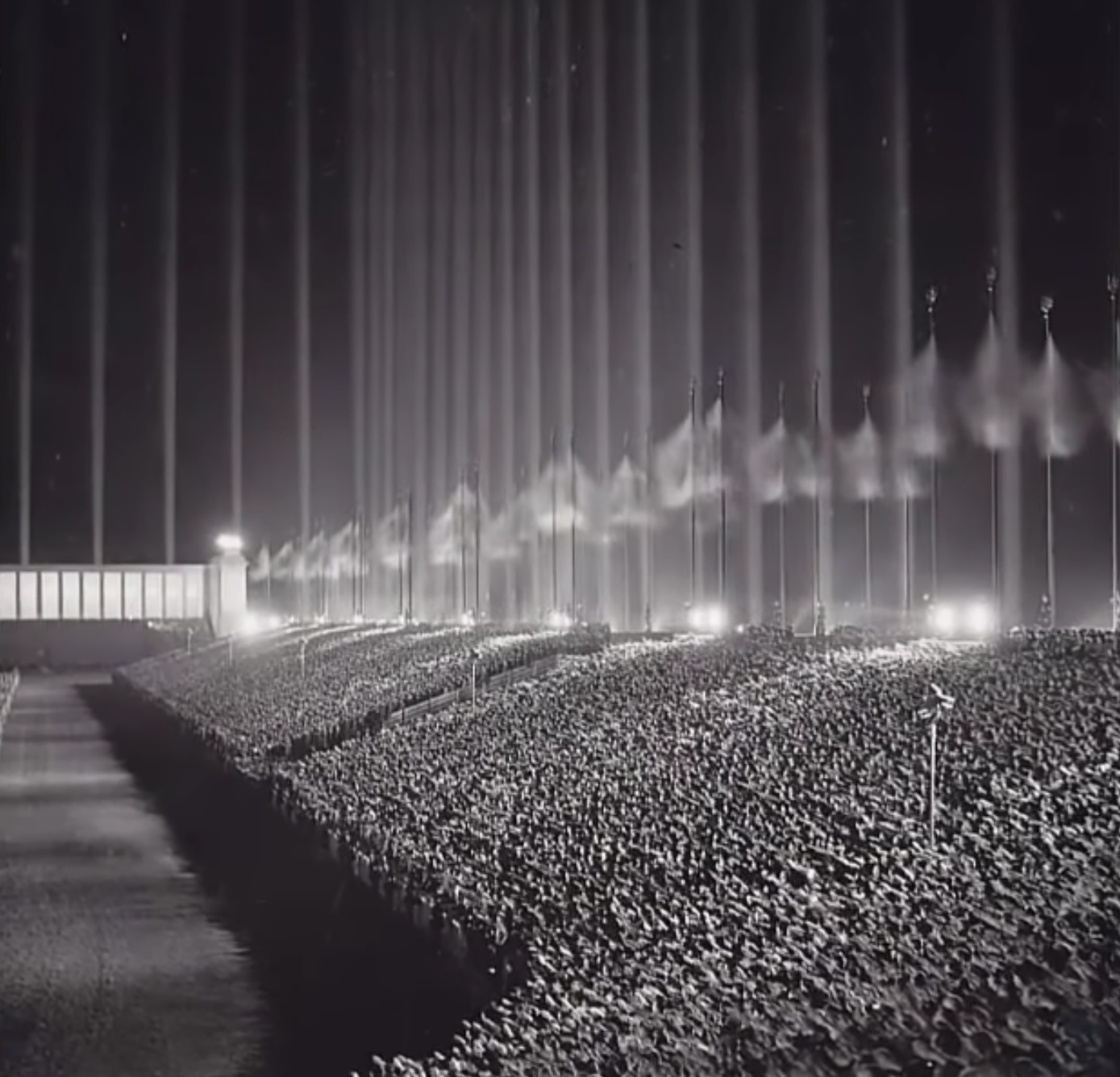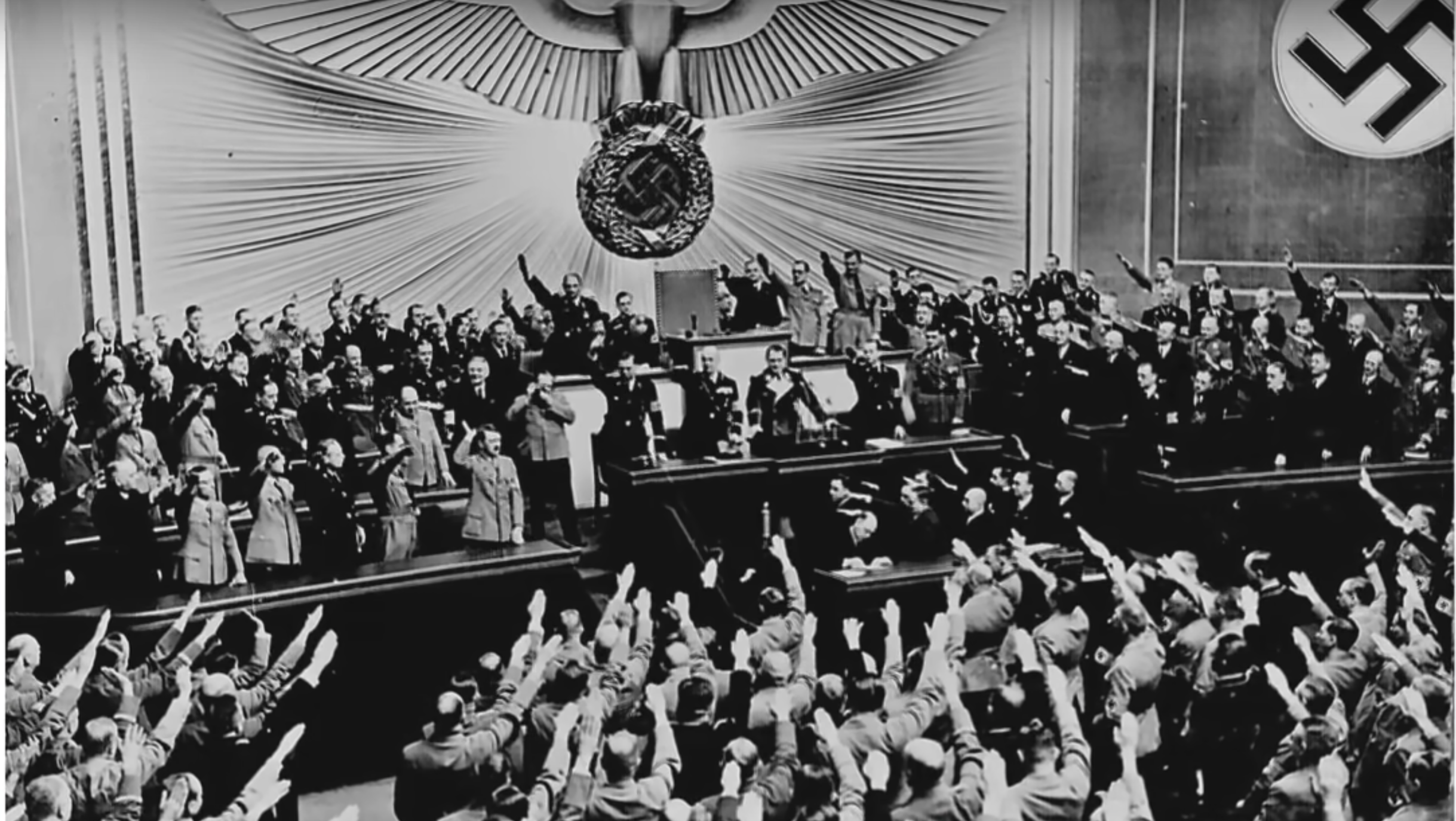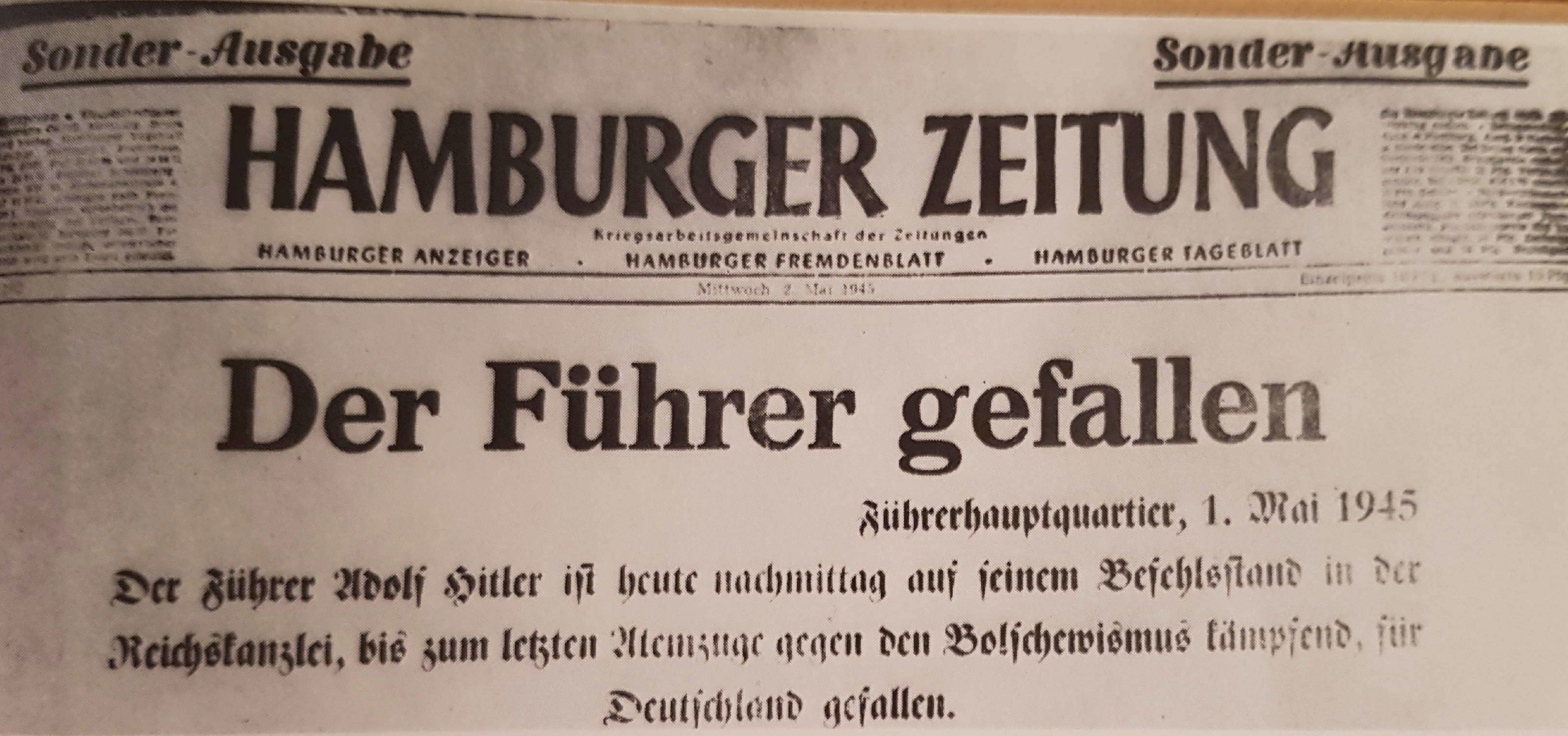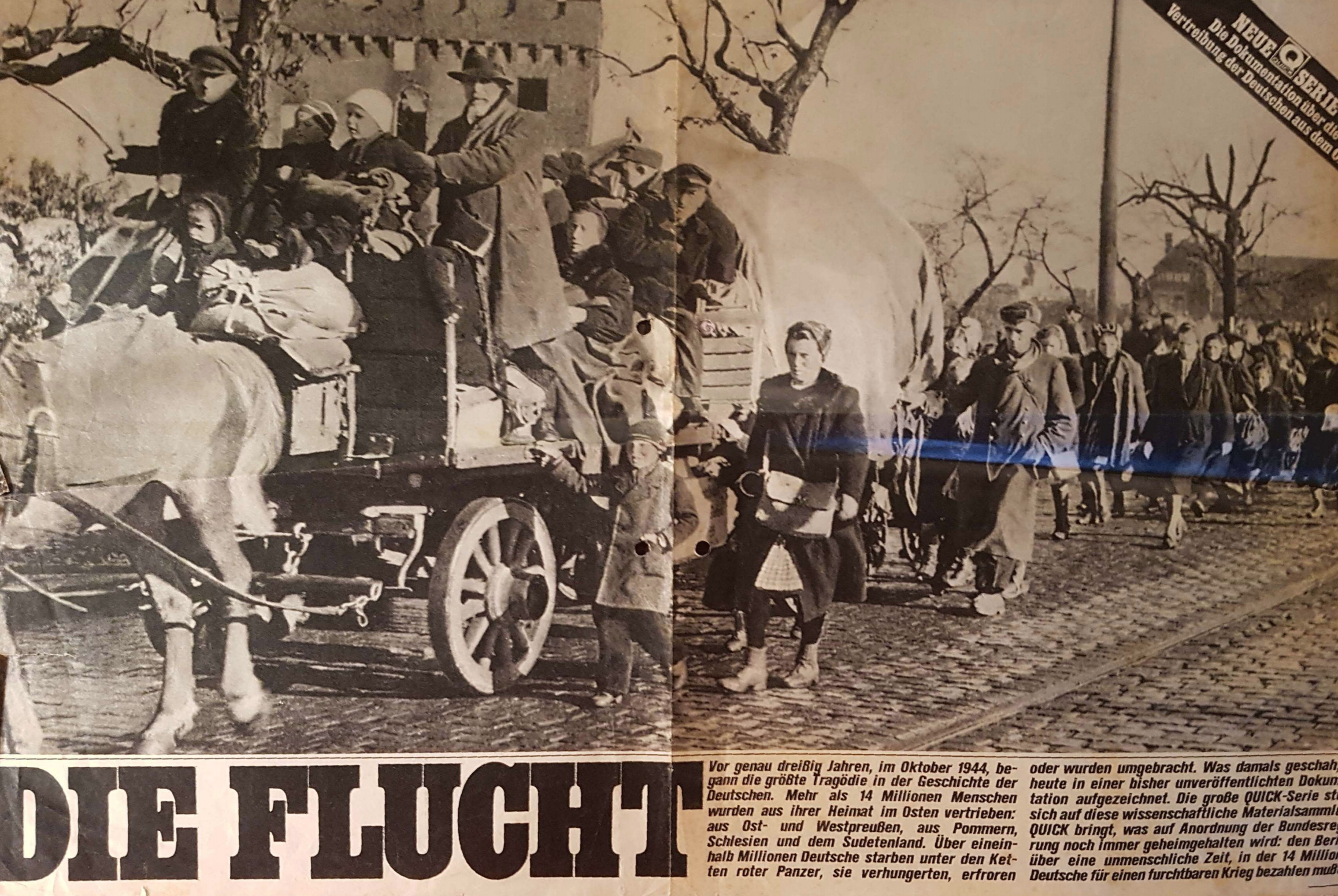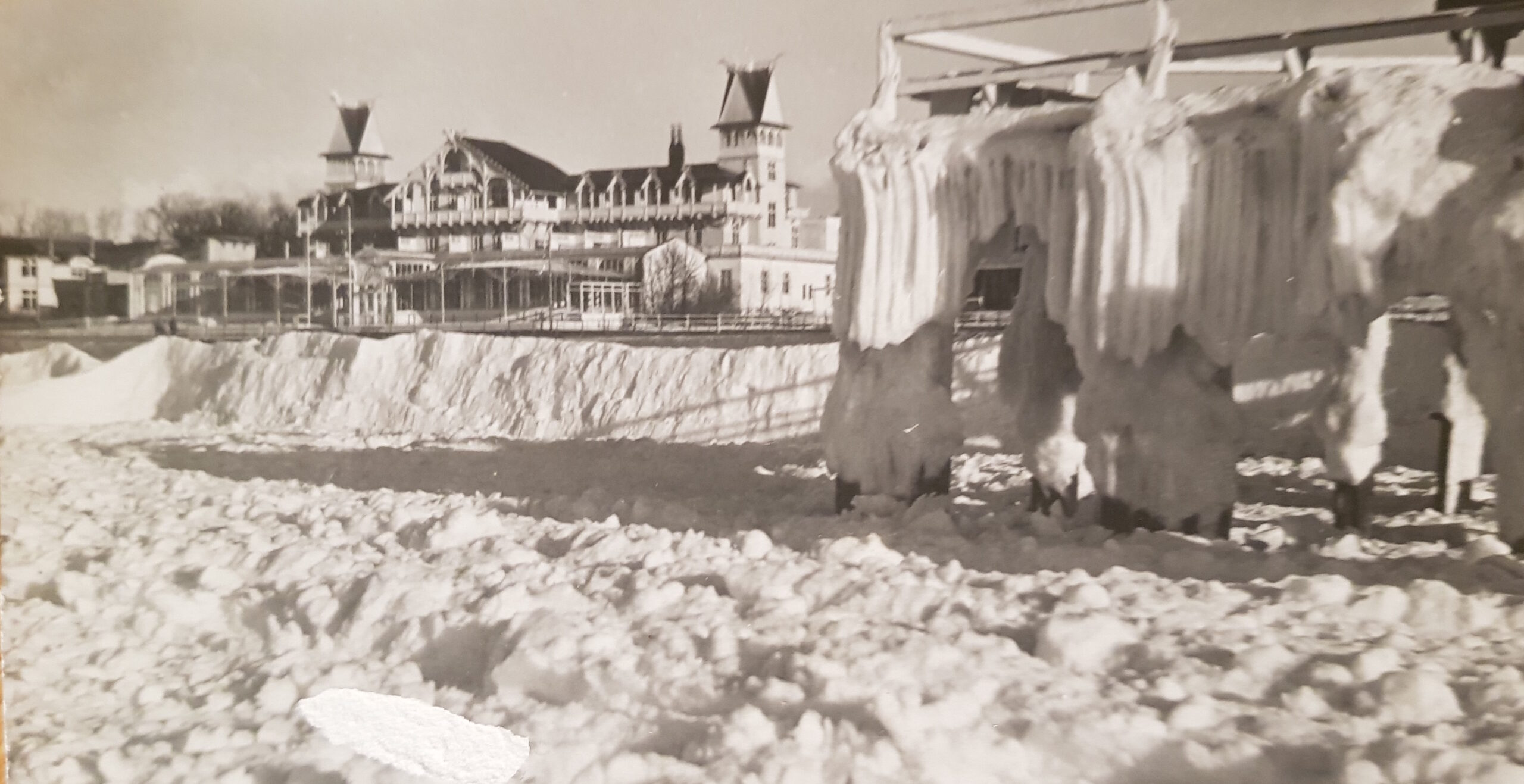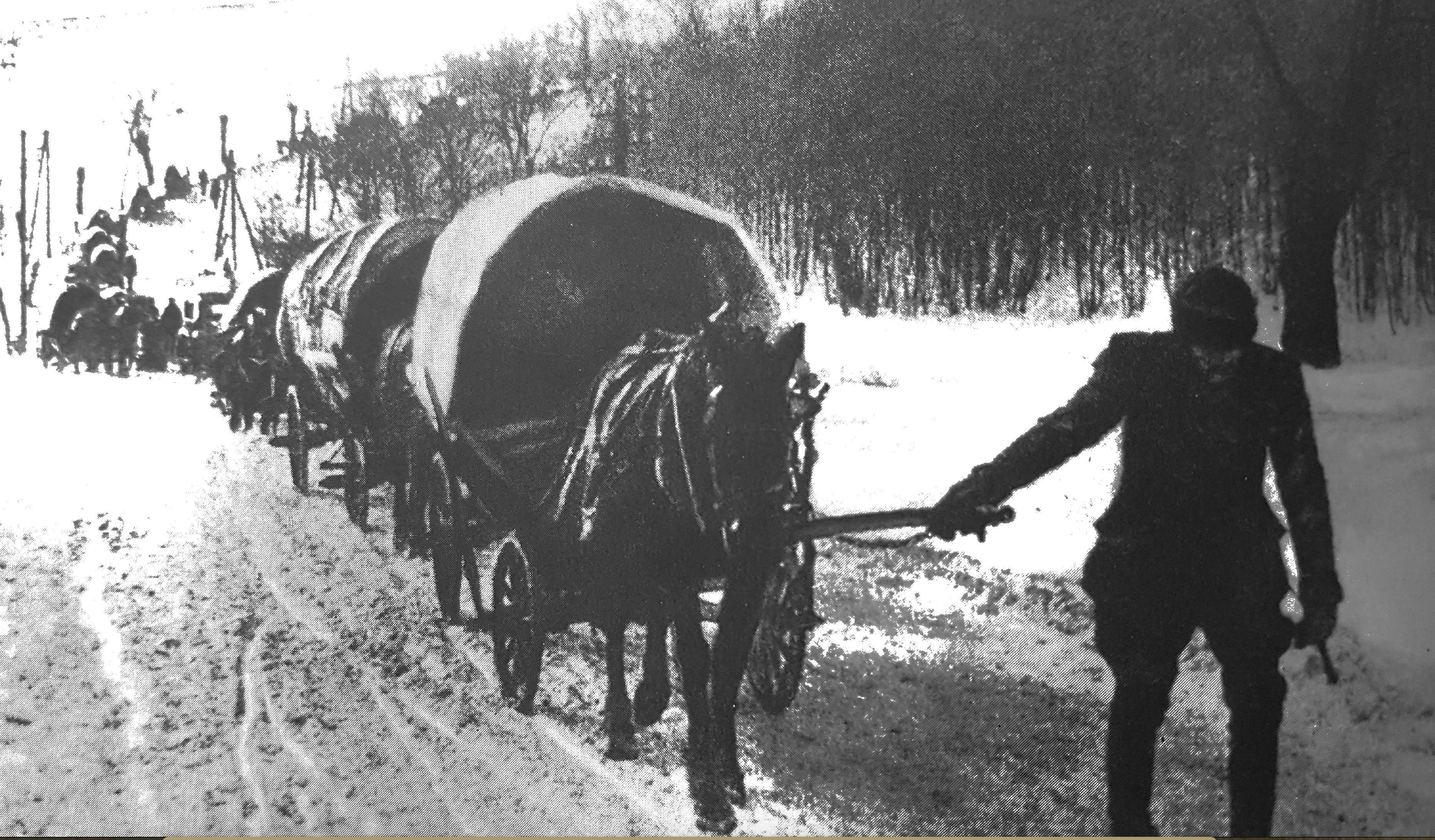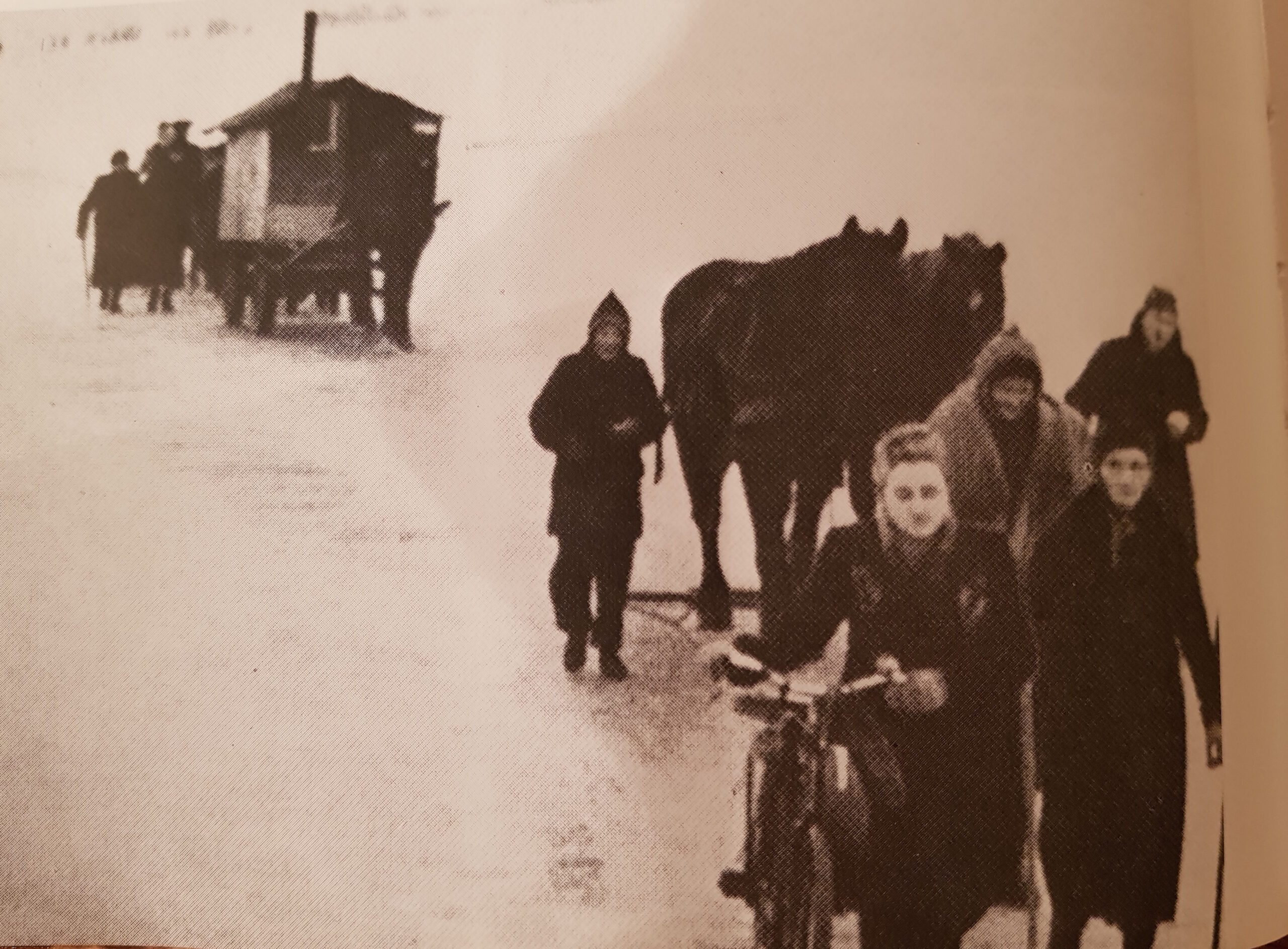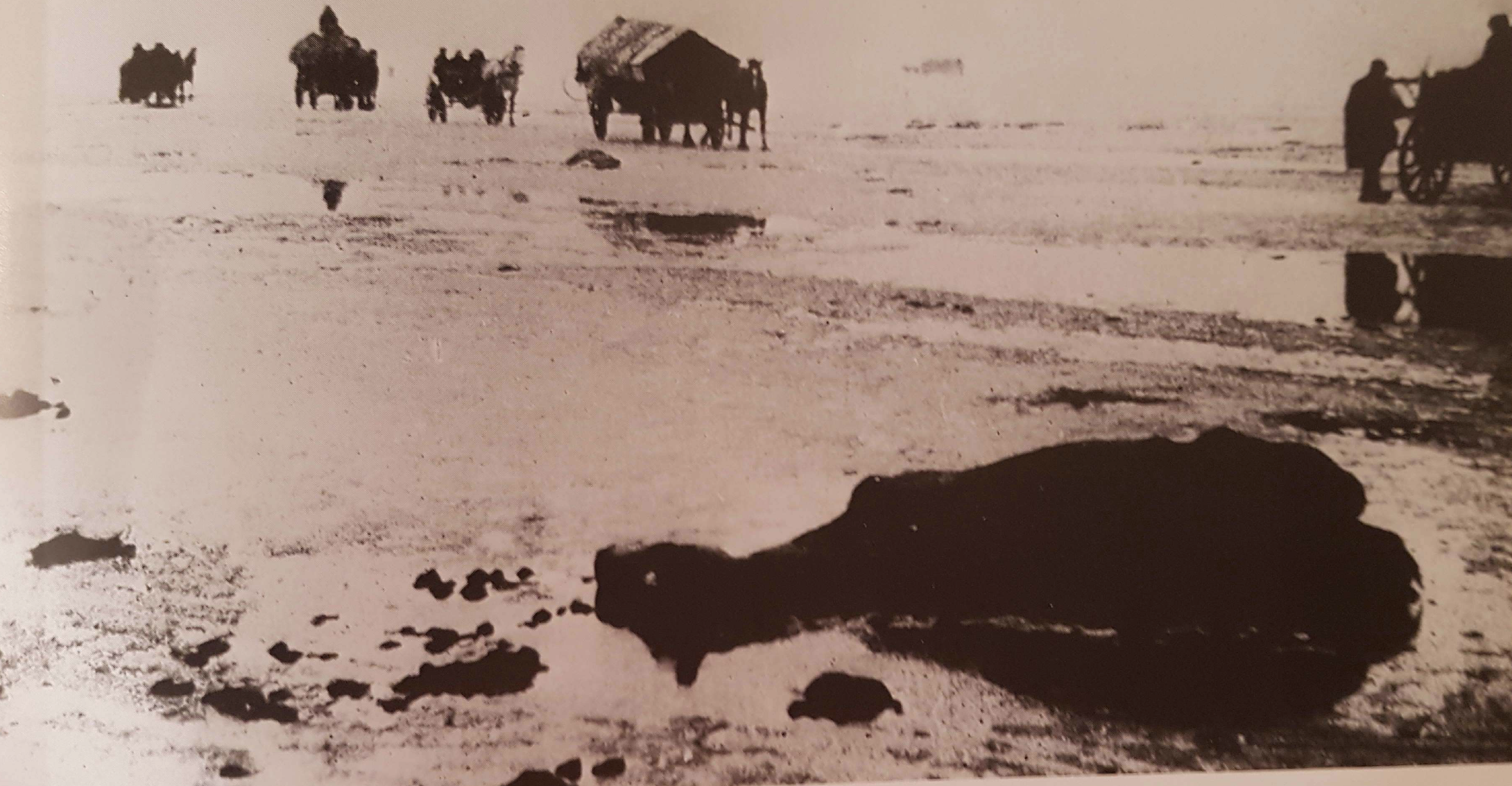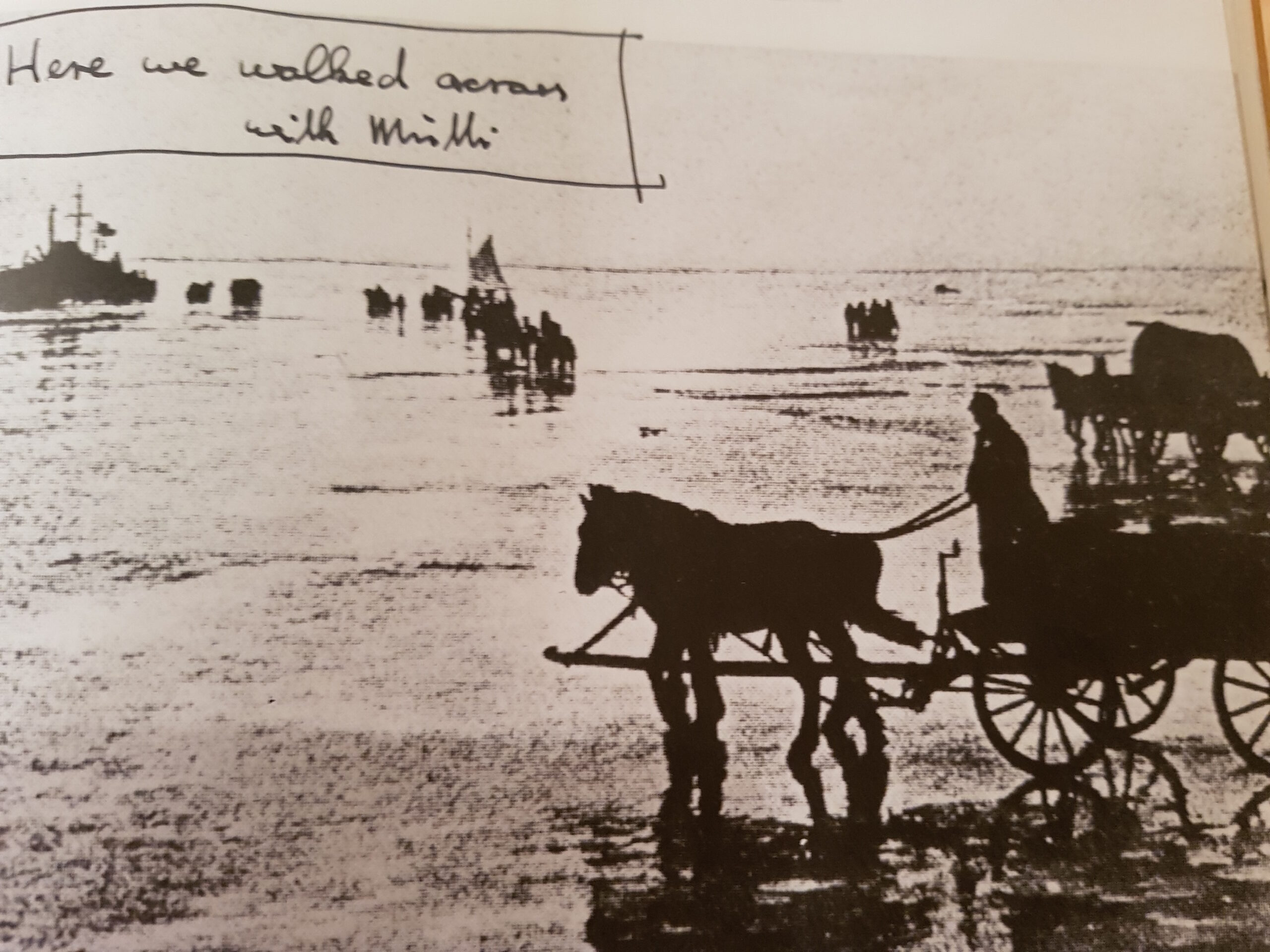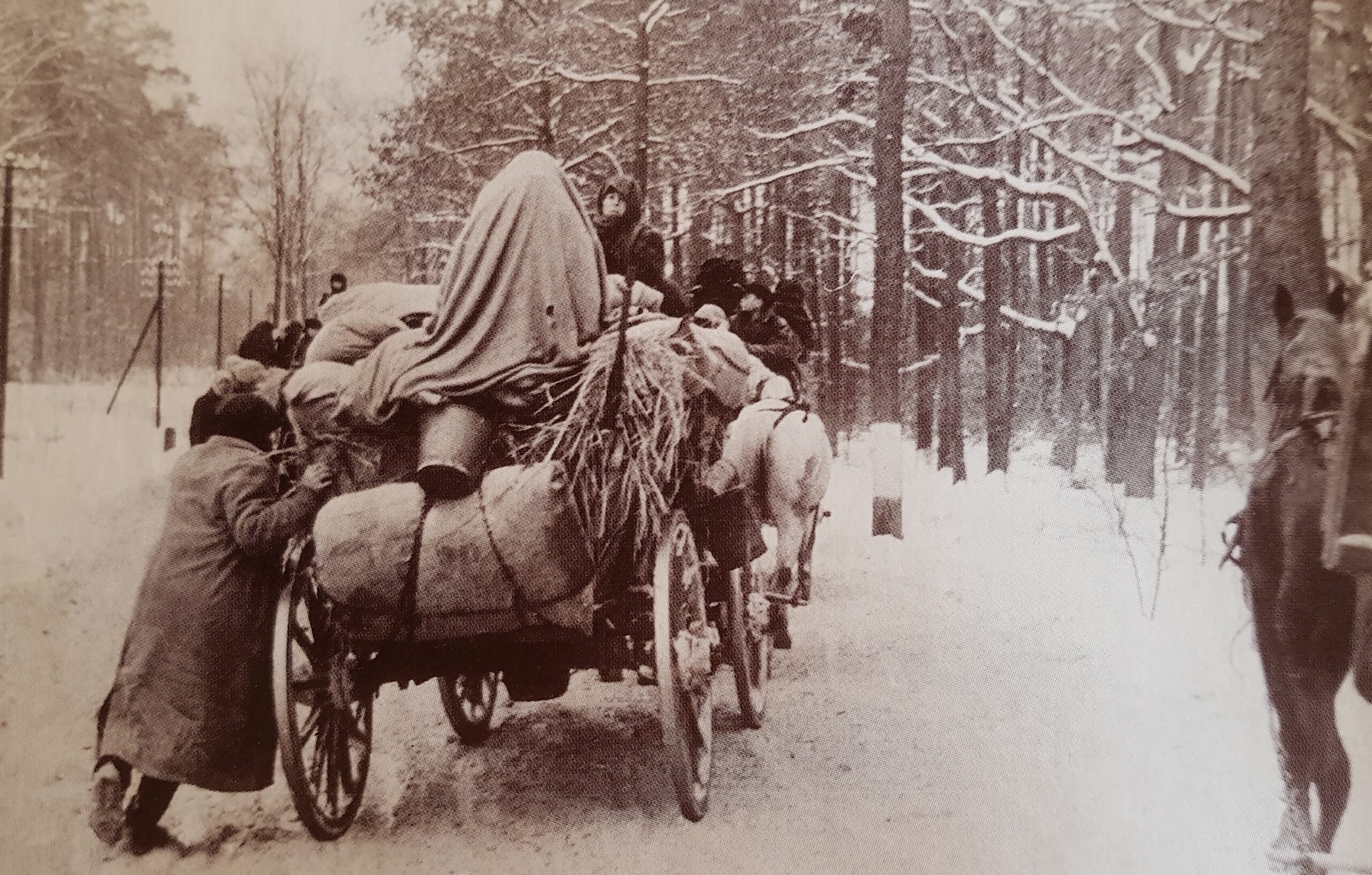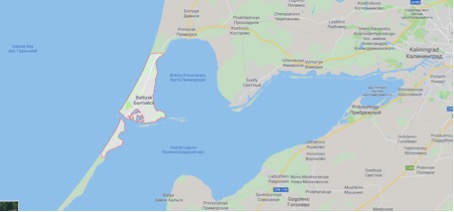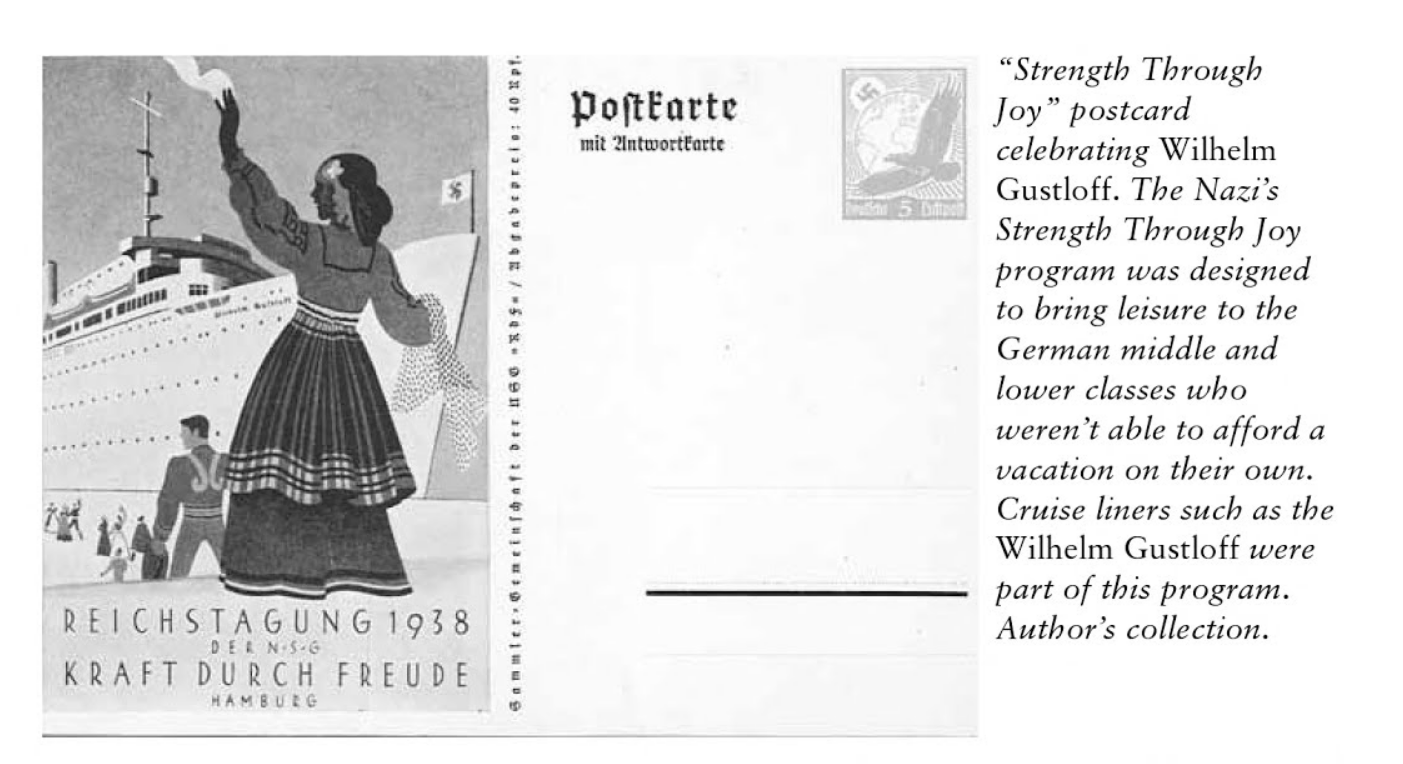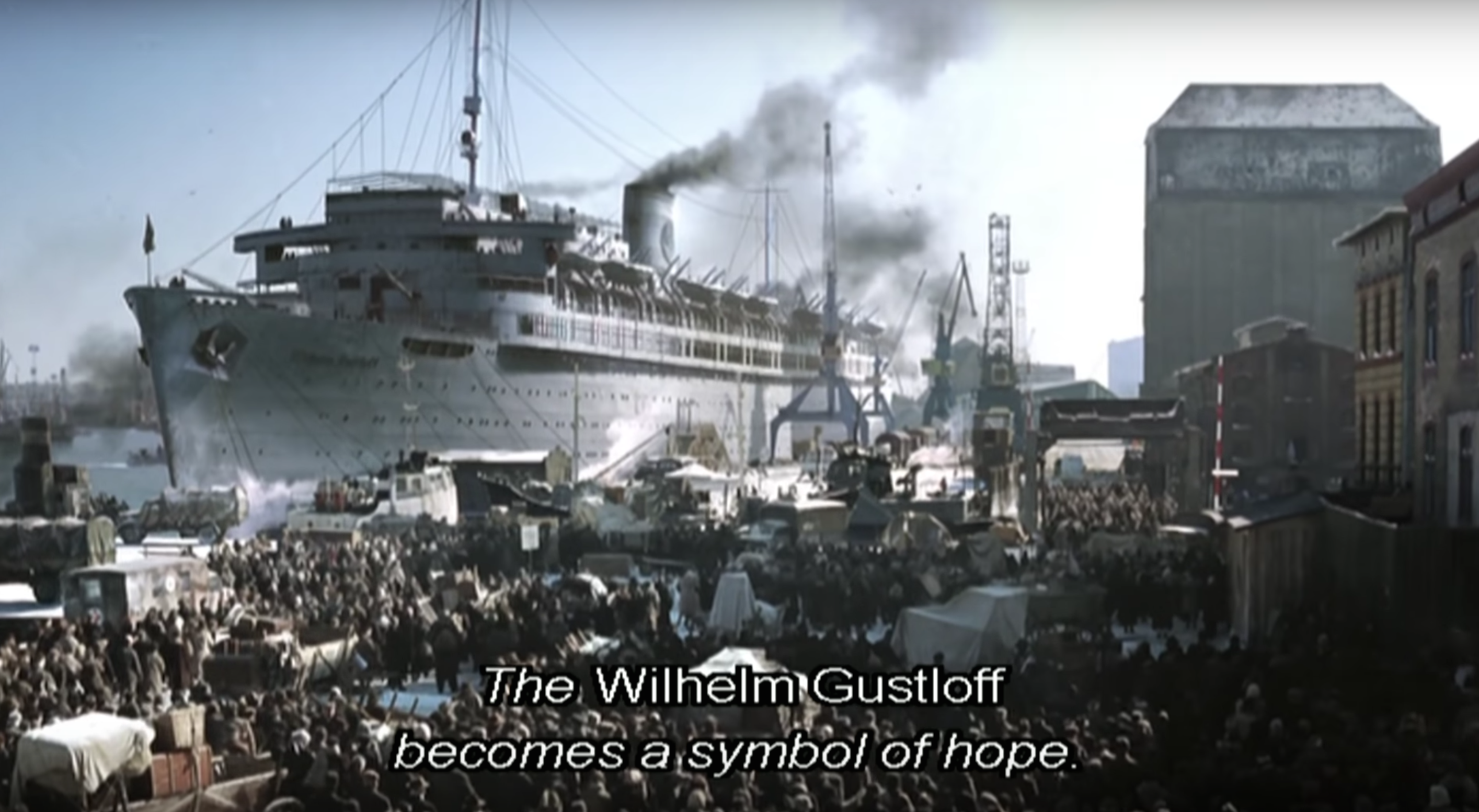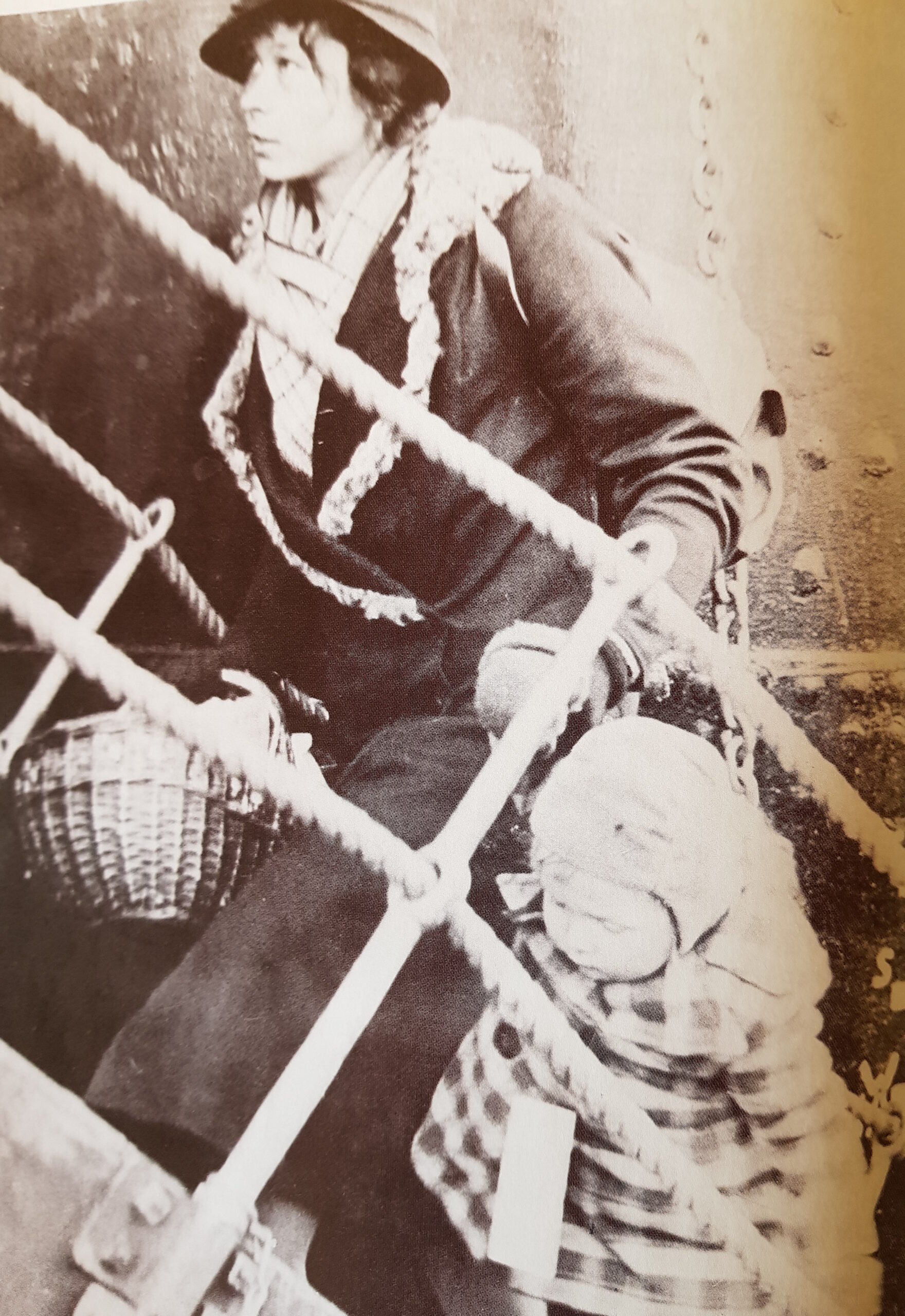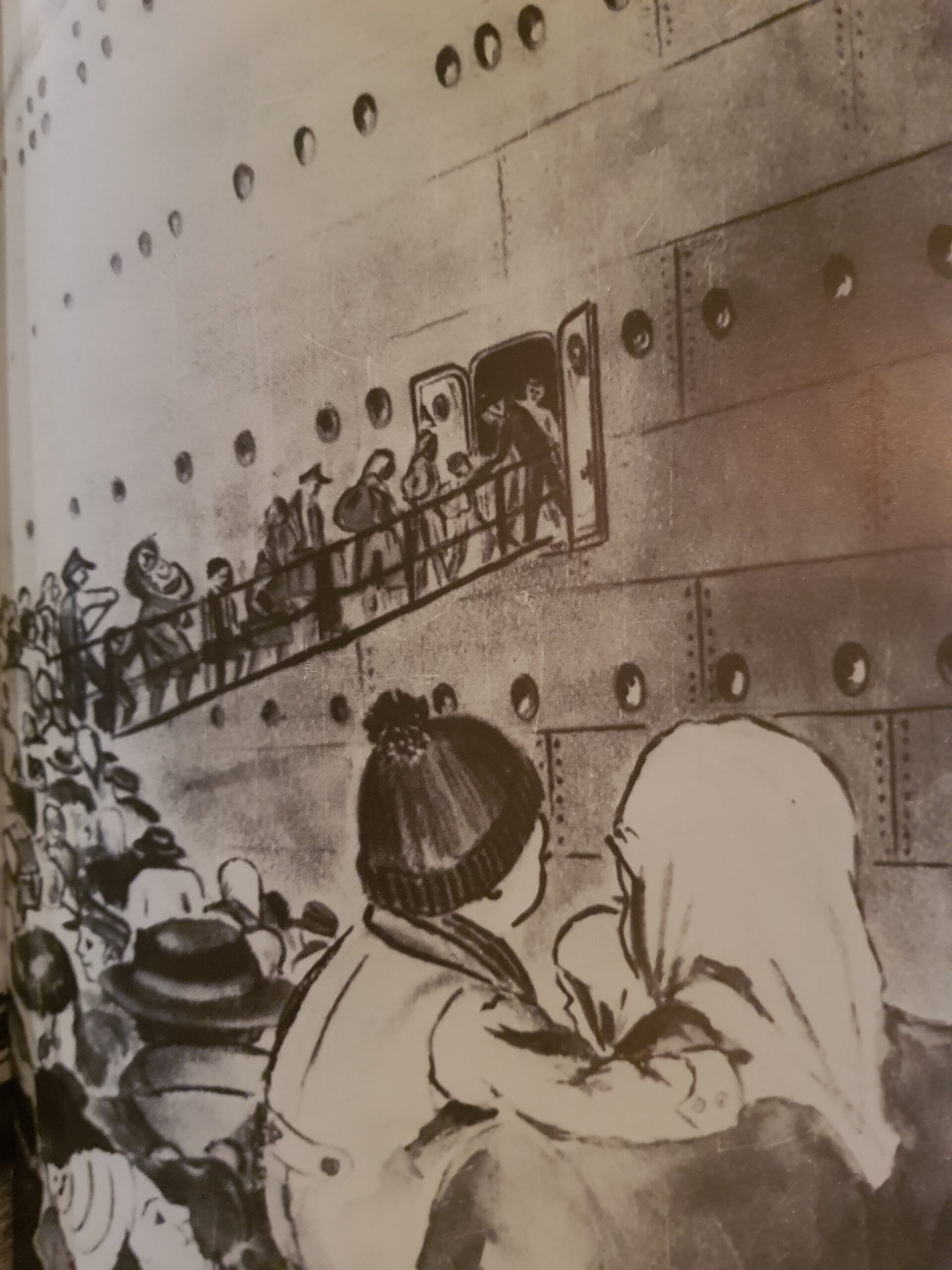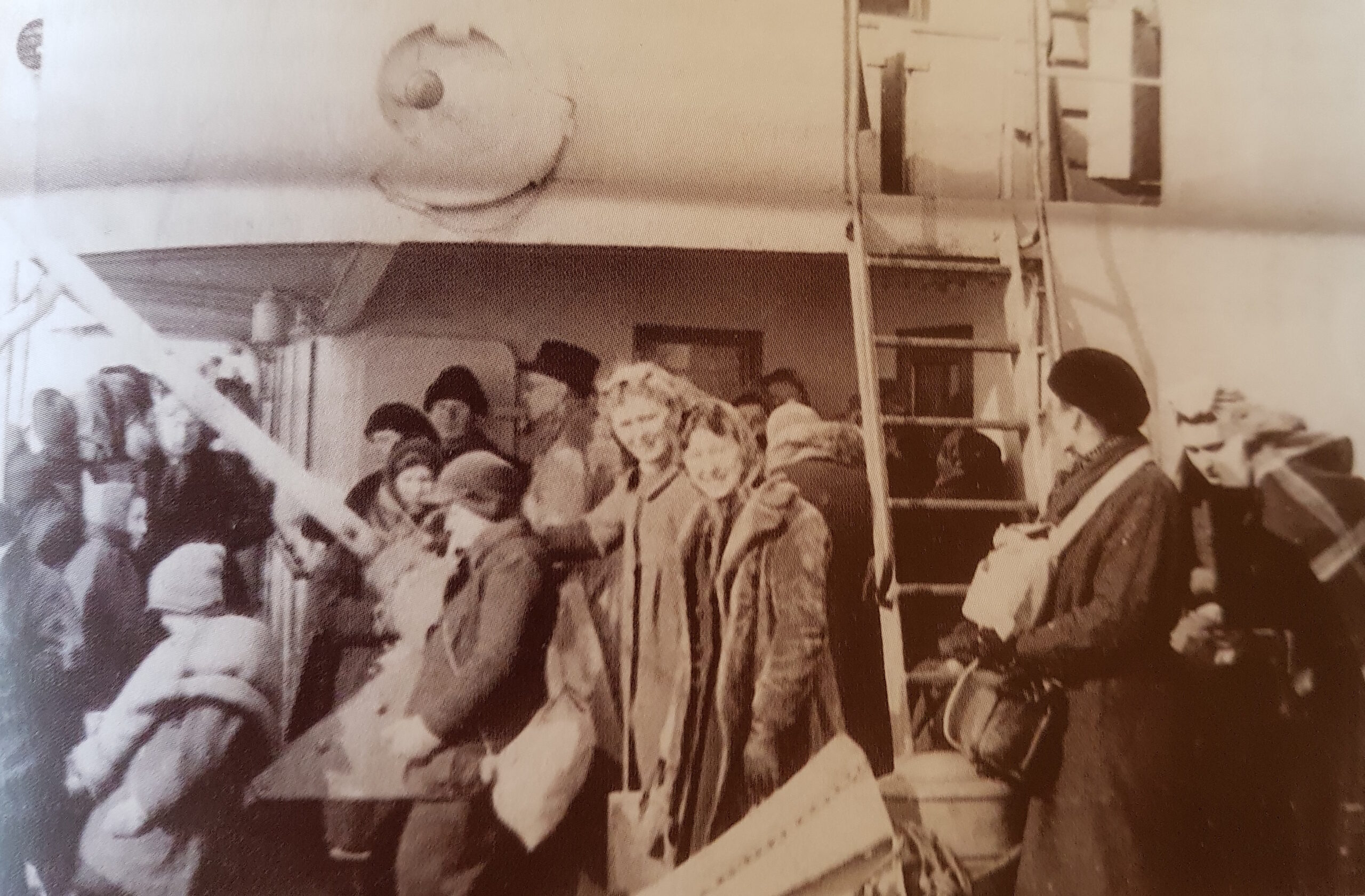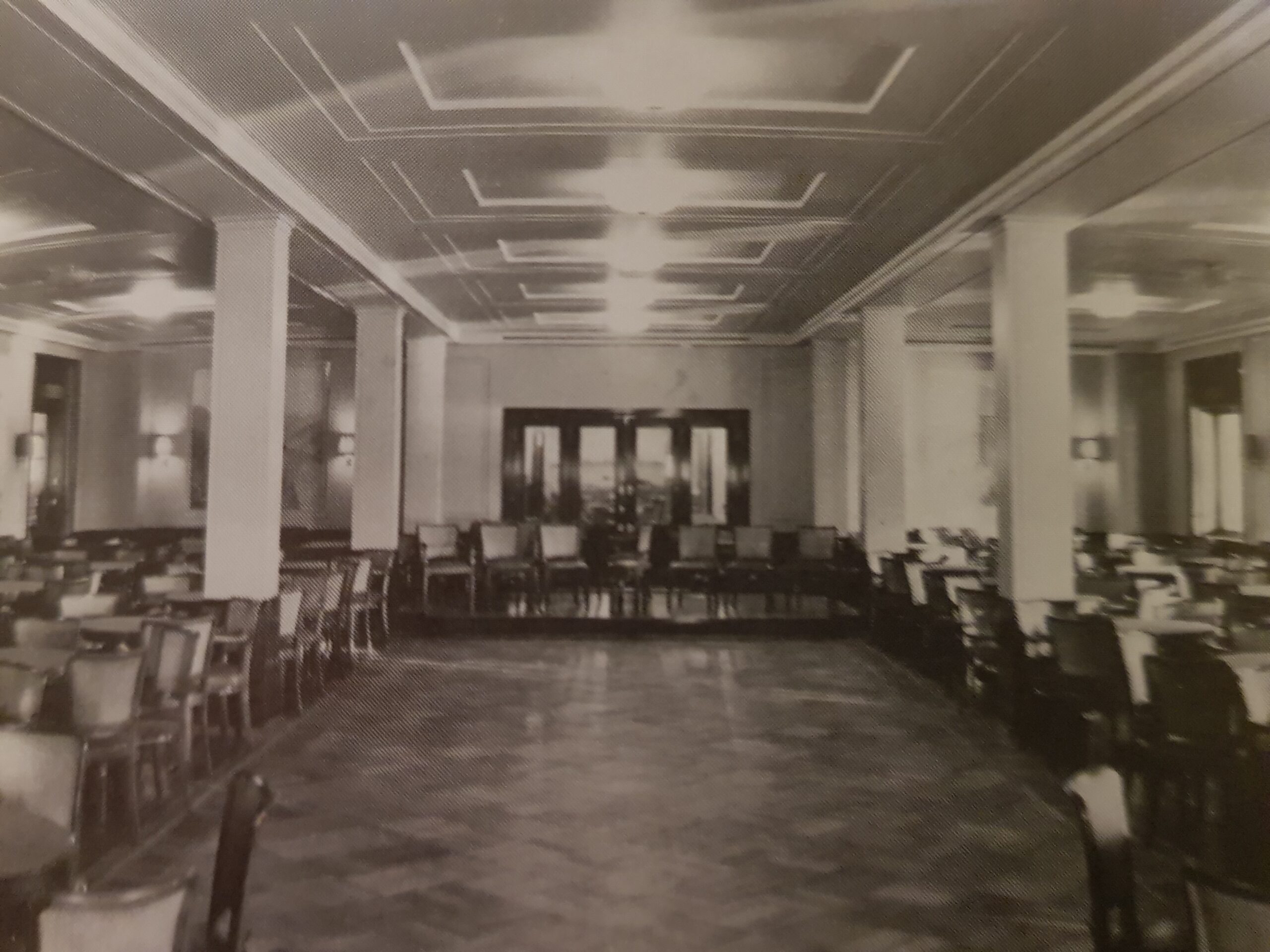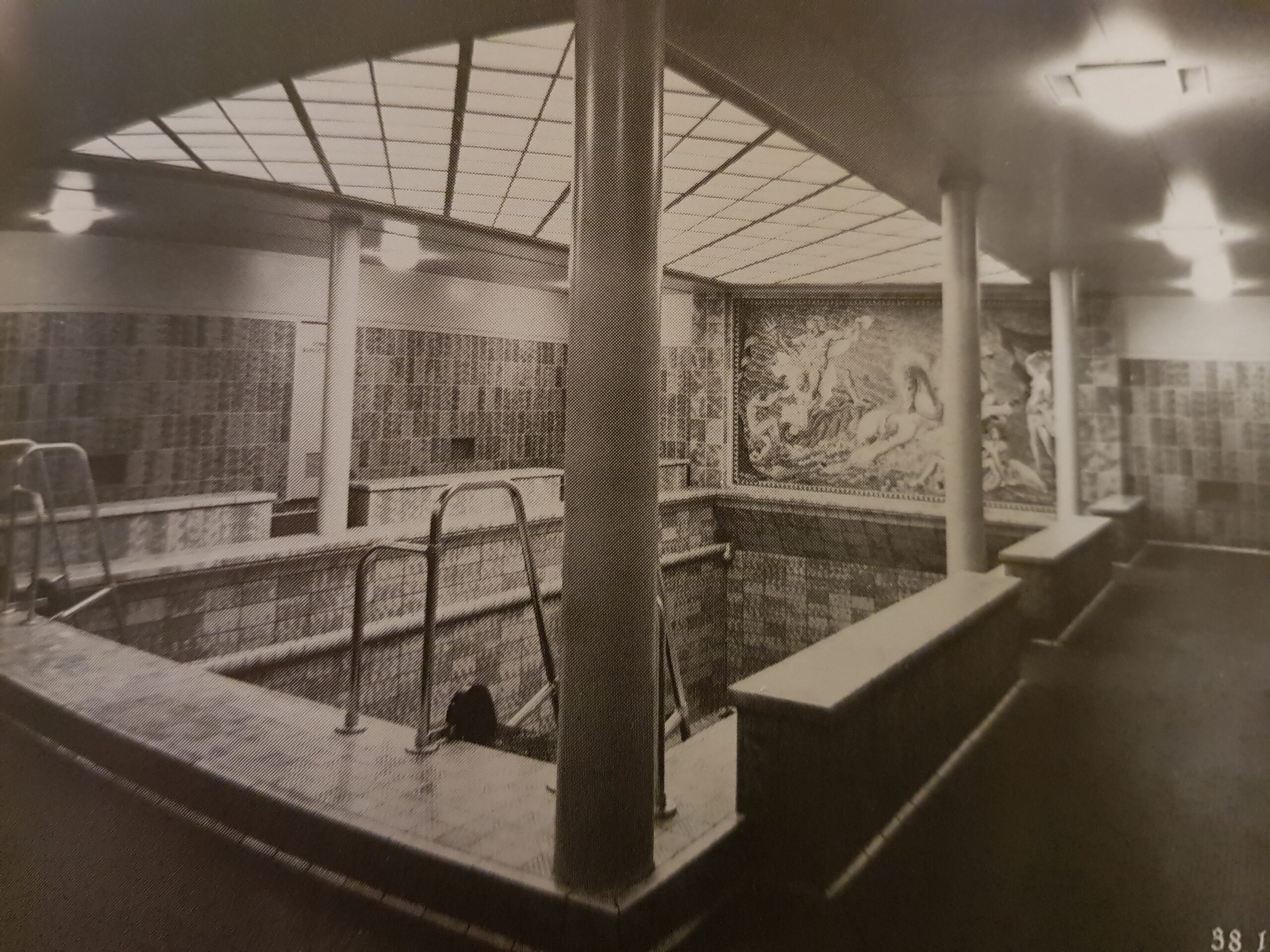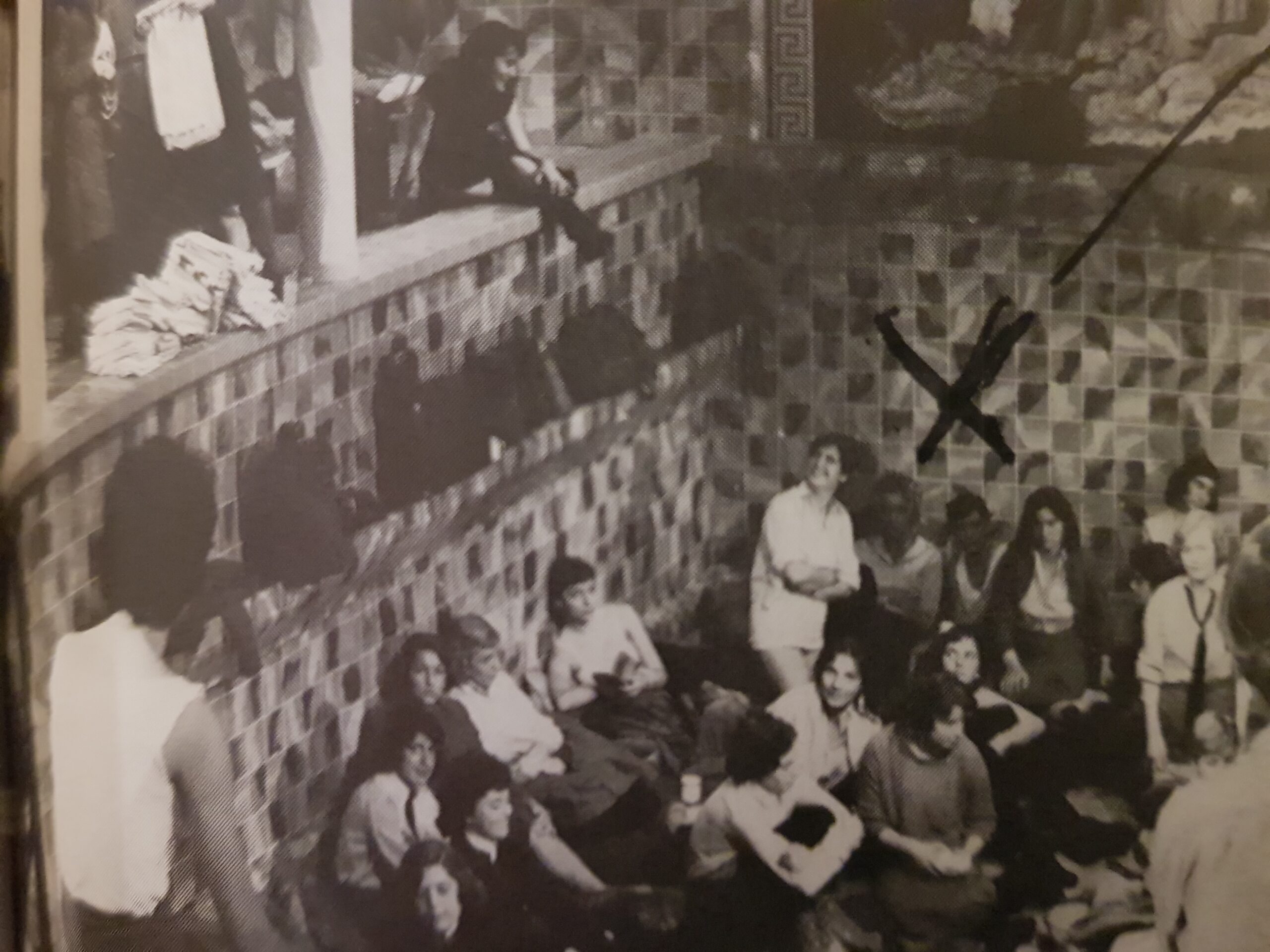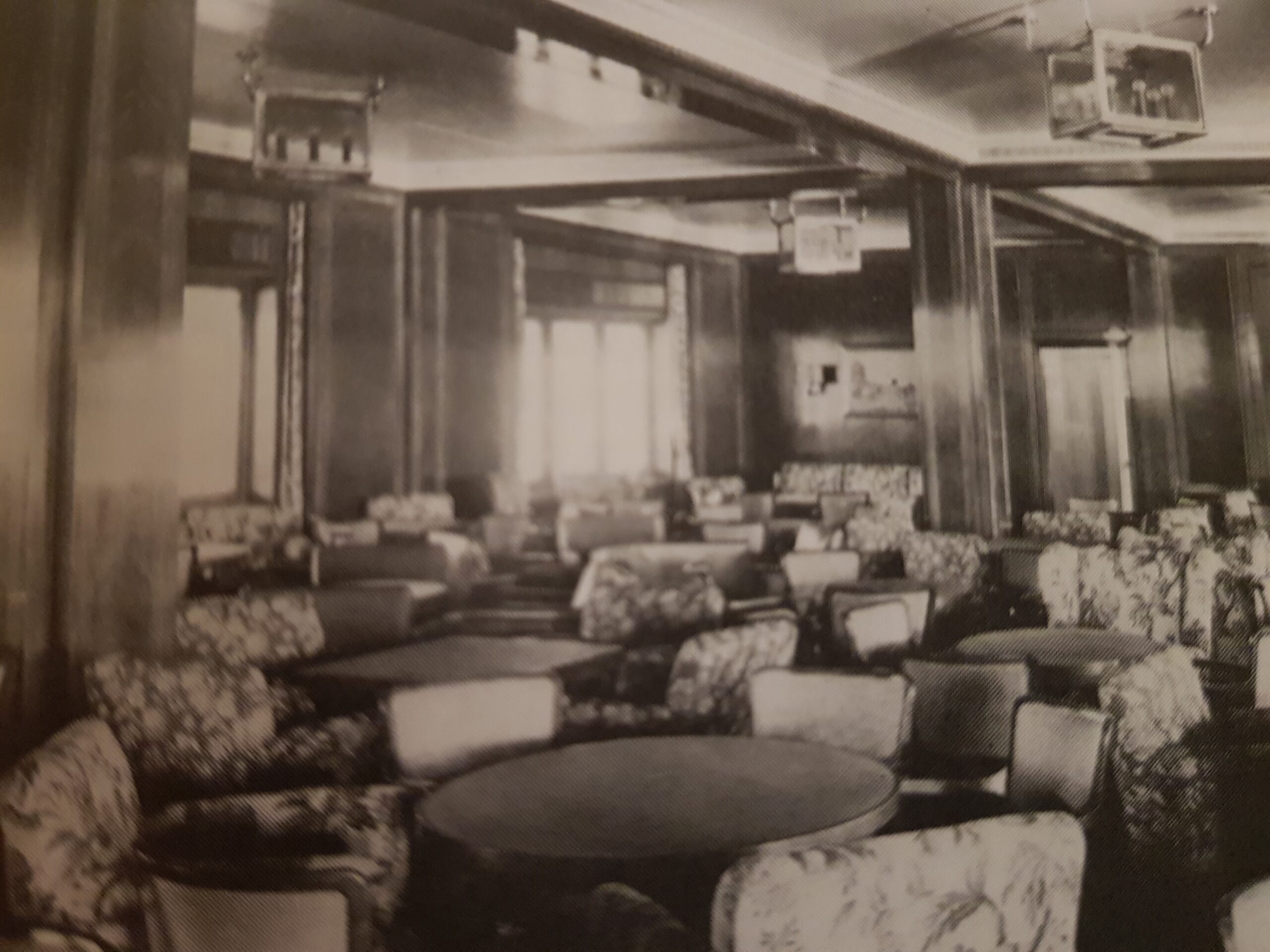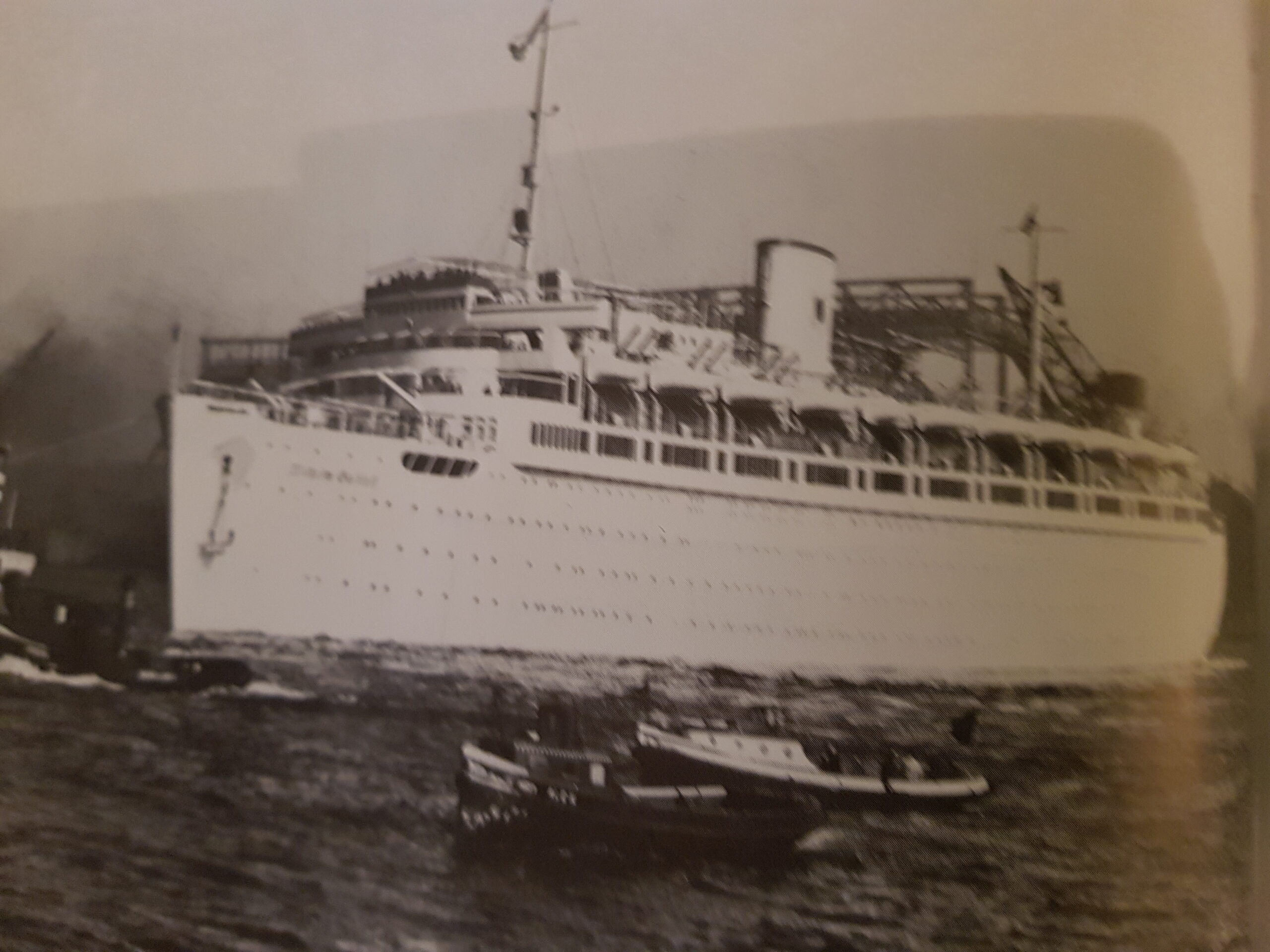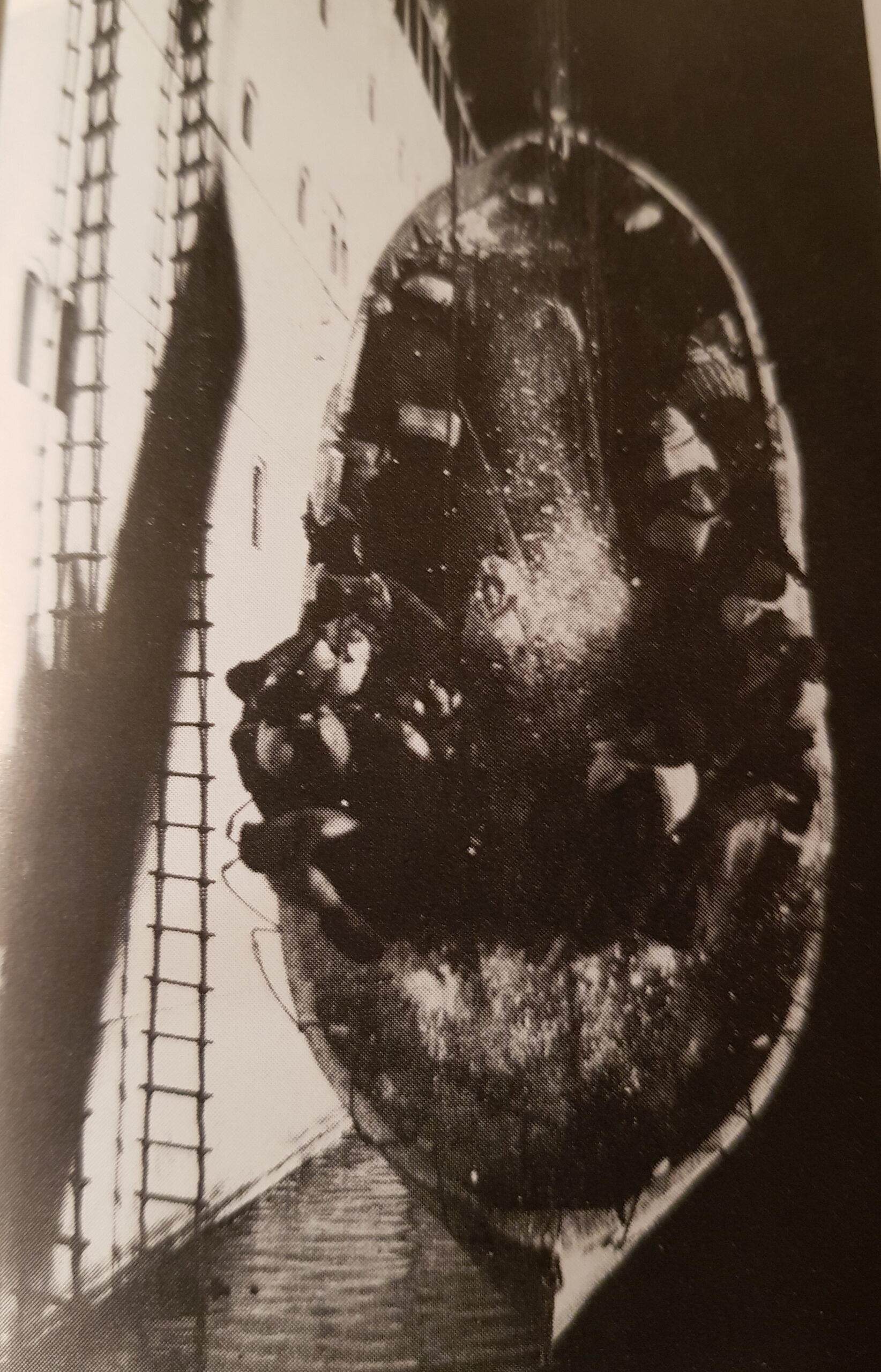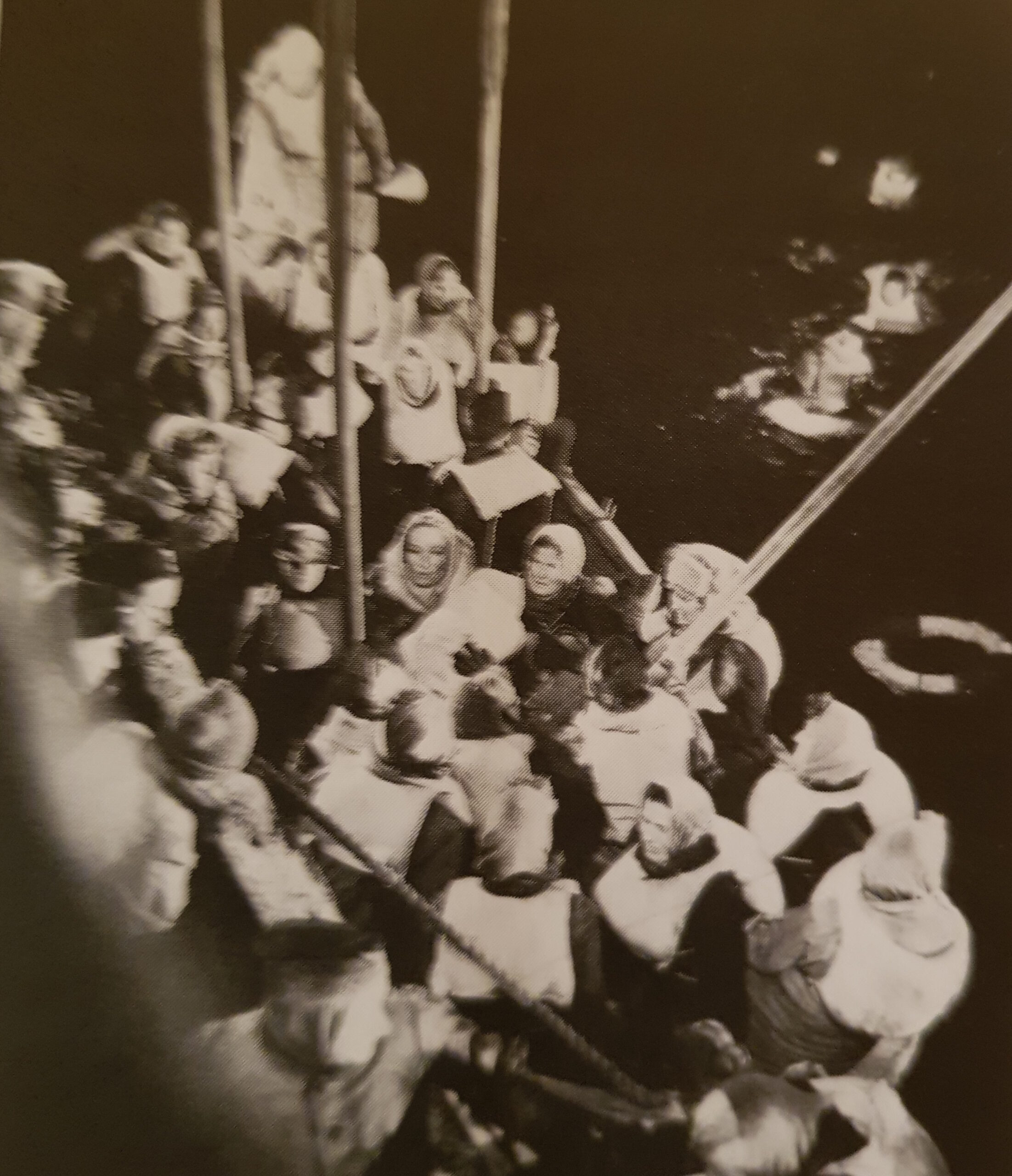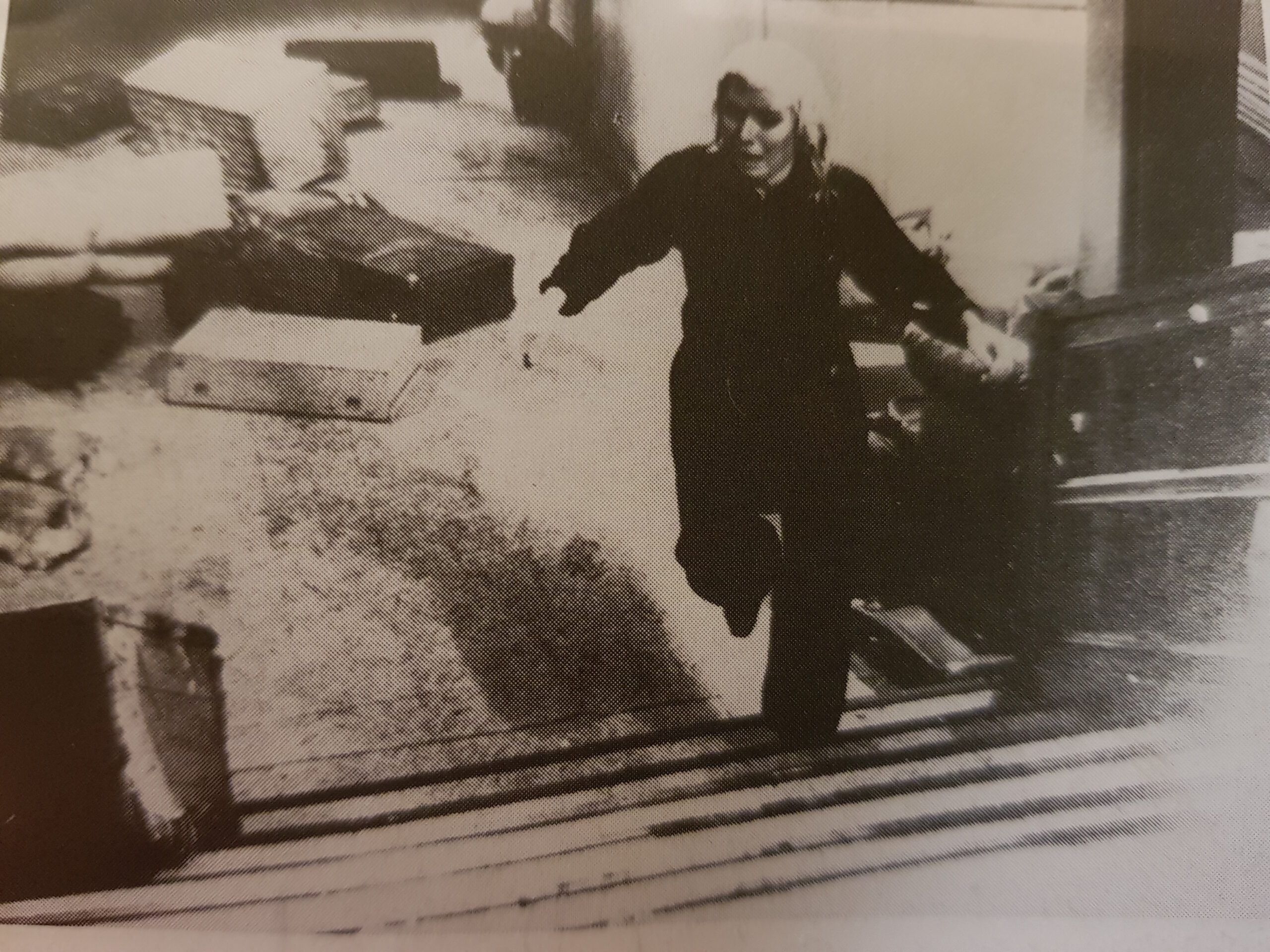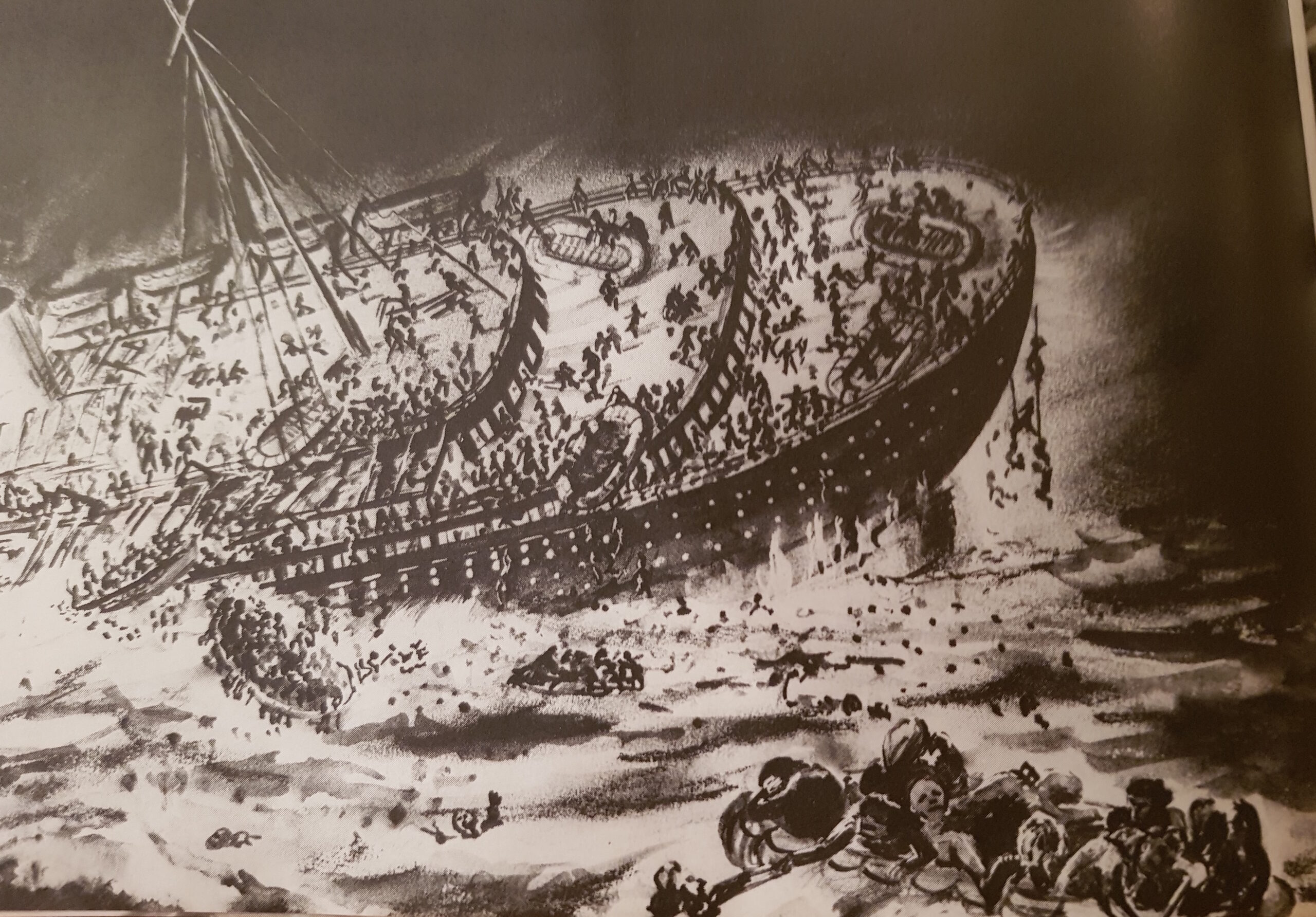There are many documentaries about Adolf Hitler, and we are not claiming to be experts in the rise and fall of this man. However, for the benefit of any reader who may not have learned about this man, here is a brief synopsis of his life.
Adolf Hitler was born in Austria on April 20th 1889. His parents were poor and very strict. His father died when he was 13, and shortly after that, Adolf left school without any school certificates. In 1907 he went to Vienna, intending to go to art school, but he was rejected and failed to get into the Vienna school of Architecture as he had no qualifications.
He struggled financially and started to engage in political activity. However, the lack of success and rejection may likely have started to affect his mental state, and he had to undertake menial jobs to make ends meet. By 1913 he was facing military service, which he took steps to avoid by moving to Munich. Yet after the outbreak of war in 1914, he joined up and was awarded the Iron Cross for services on the Western front.
In 1918 as the first world war ended, Hitler was temporarily blinded by a British gas attack but returned to his regiment and was intent on staying in the army as it gave him a purpose in his life. In 1919 he was posted to the intelligence/propaganda section and beginning his political training. During this period, he began to make speeches and spoke about German nationalism and anti-communism. He joined the German worker’s party, which was anti-Semitic and incredibly right-wing.
Germany was forced to sign a treaty at the Palace of Versailles in the hall of mirrors, and this came to be known as the Treaty of Versailles. See Picture (1) Many politicians felt that the treaty left Germany humiliated and needing to give a lot away, not least the ‘war guilt clause’ where Germany was forced to accept responsibility for the war starting in the first place.
In 1920, Hitler was discharged from the army and took on greater responsibilities with the name of the German worker’s party to the National Socialist German workers party or (Nazi for short). However, he was soon challenged to become a leader. In 1923, he with others attempted to overthrow the Bavarian government; as they marched on the streets, the police opened fire, and Hitler was captured and tried for treason. Serving nine months in prison, he started to dictate his thoughts to his friend Rudolf Hess and wrote the book “Mein Kampf”.
In 1925 Hitler re-formed the NAZI party and gathered support until, in 1930, he had 107 representatives in parliament (the Reichstag), making the NAZI party the second-largest party in Germany. There were reports of a romantic liaison with his half-sister’s daughter, which he denied, and his ‘niece’ was found dead in his flat in 1931; the verdict was suicide. Picture 2
In 1932, Hitler became a German citizen and, in January 1933, held a third of the seats in The Reichstag. In February, the Reichstag was destroyed by fire, almost certainly orchestrated by the Nazis, and the blame was placed on the communists. By March, all powers of legislation were passed to Hitler’s cabinet for four years, and he announced the NAZI party to be the only pollical party of Germany. Effectively Germany was now a dictatorship.
Support for Hitler and the Nazis grew, as did the crowds coming to listen to him in the years preceding the war. Pictures 2
In 1938, the Austrian Chancellor, the Austrian Nazi Party leader, invited the German army to occupy Austria and proclaim a union with Germany. Picture 3. The same year the British prime minister travelled to Germany to meet with Hitler, and they signed the Munich agreement giving Germany the borderlands of Czechoslovakia.
By November of that year, the Nazi’s start to destroy Jewish shops and over 400 synagogues were burnt. In 1939 Hitler invaded Poland, and World War 2 started. Hitler stayed in Berlin until the last, and two days before his suicide, he married his long term lover Eva Braun. Picture 5.
The British advanced from the west and the Russians from the East, and here you can see a Russian soldier raising the Russian flag over the German Reichstag in 1941.
